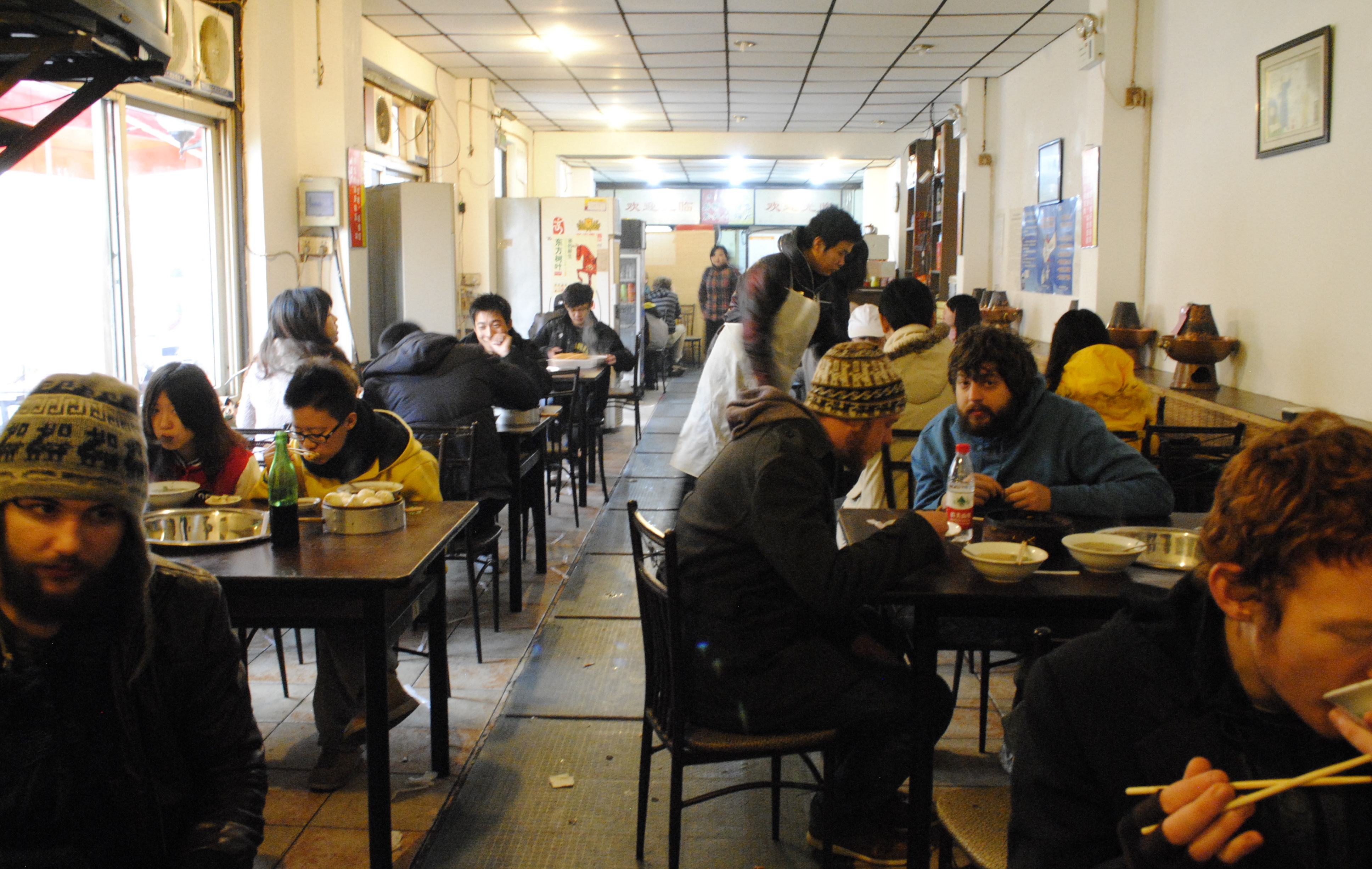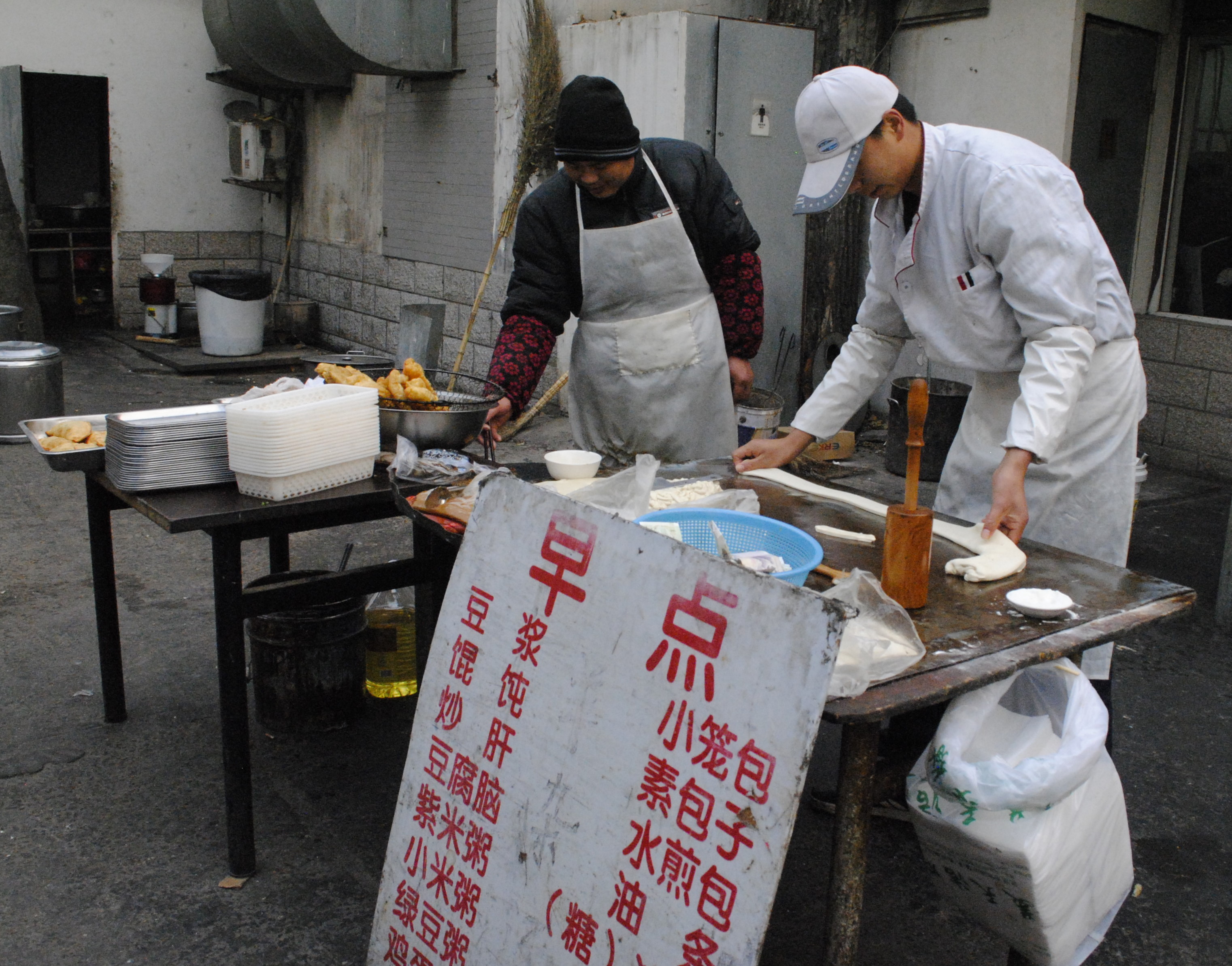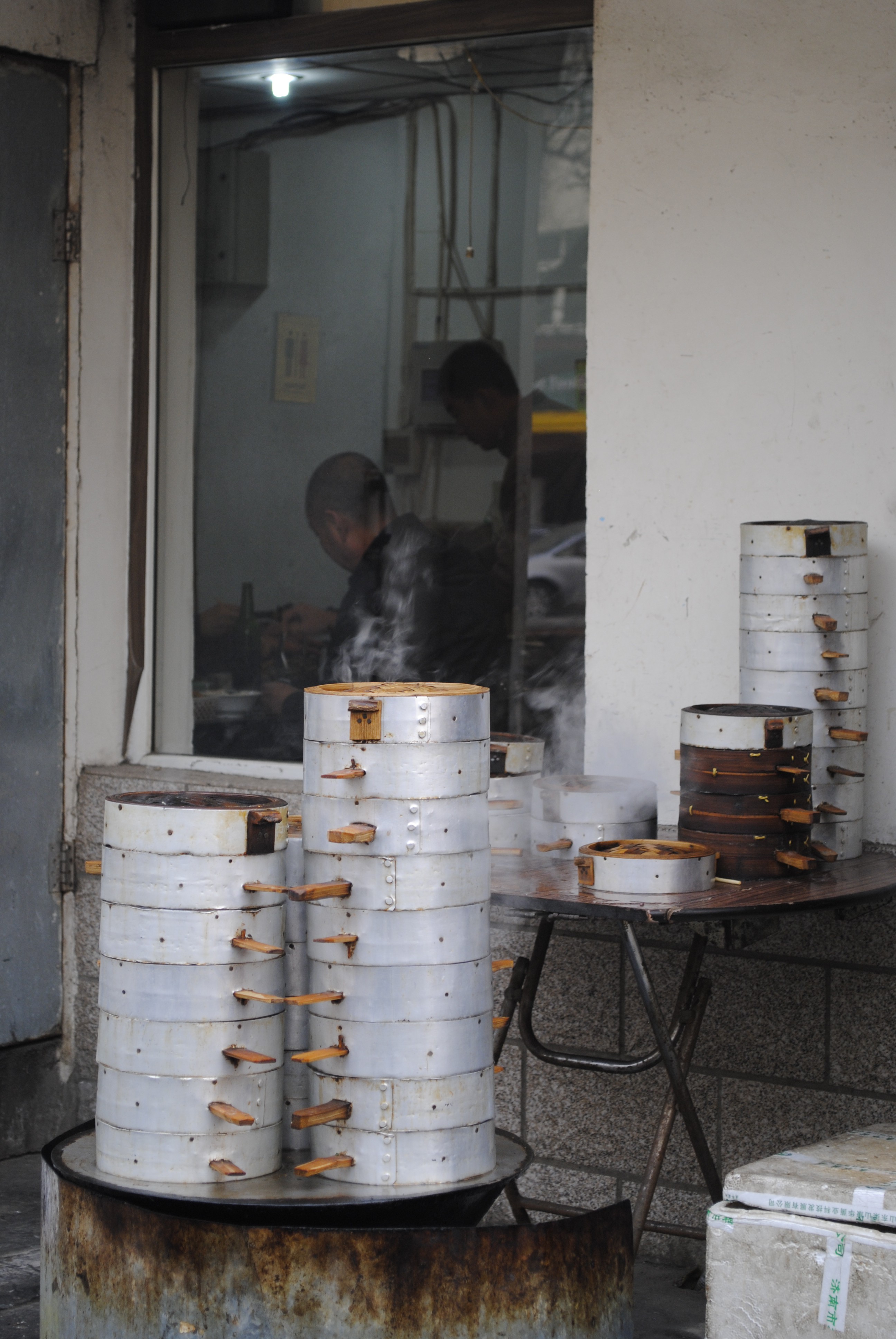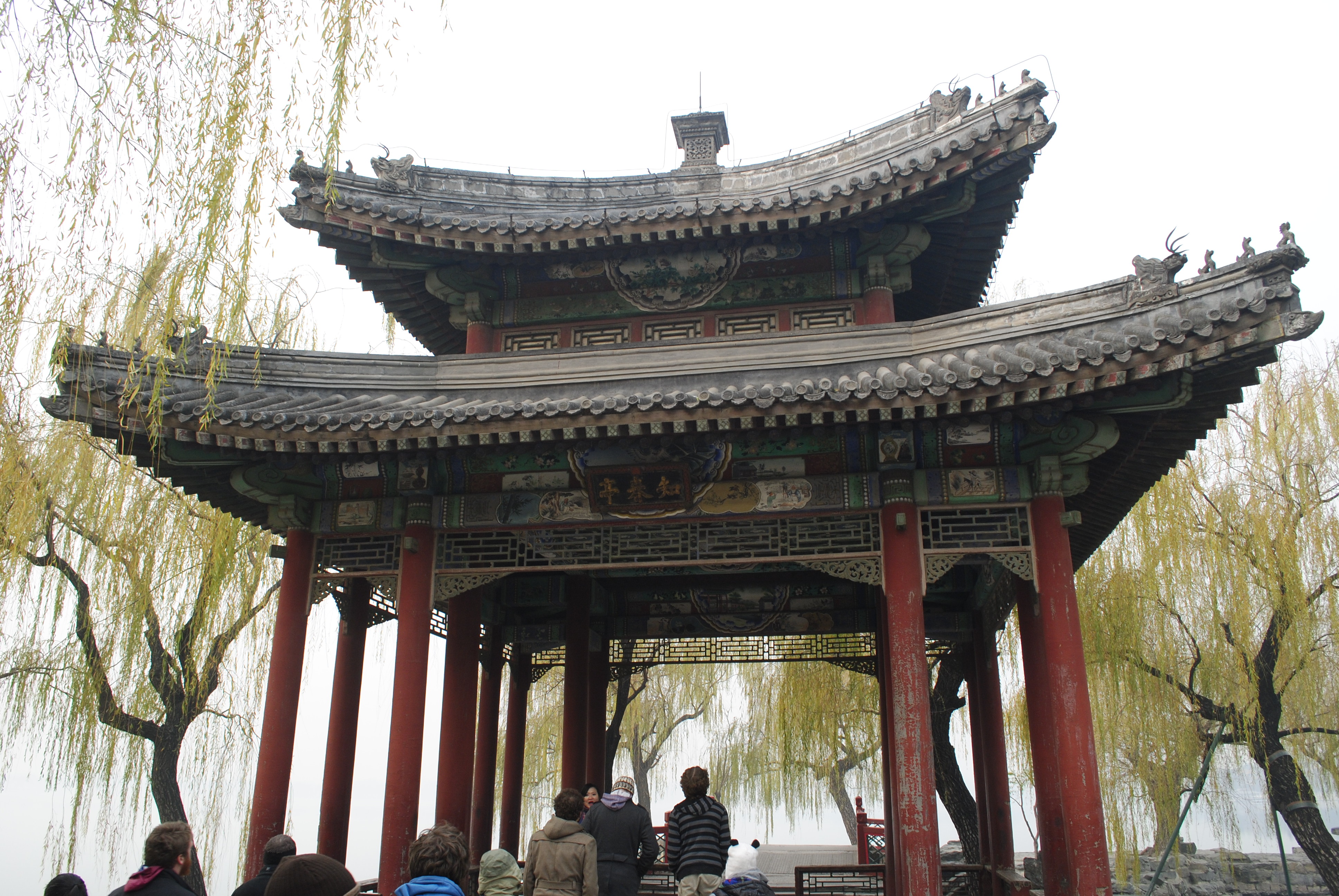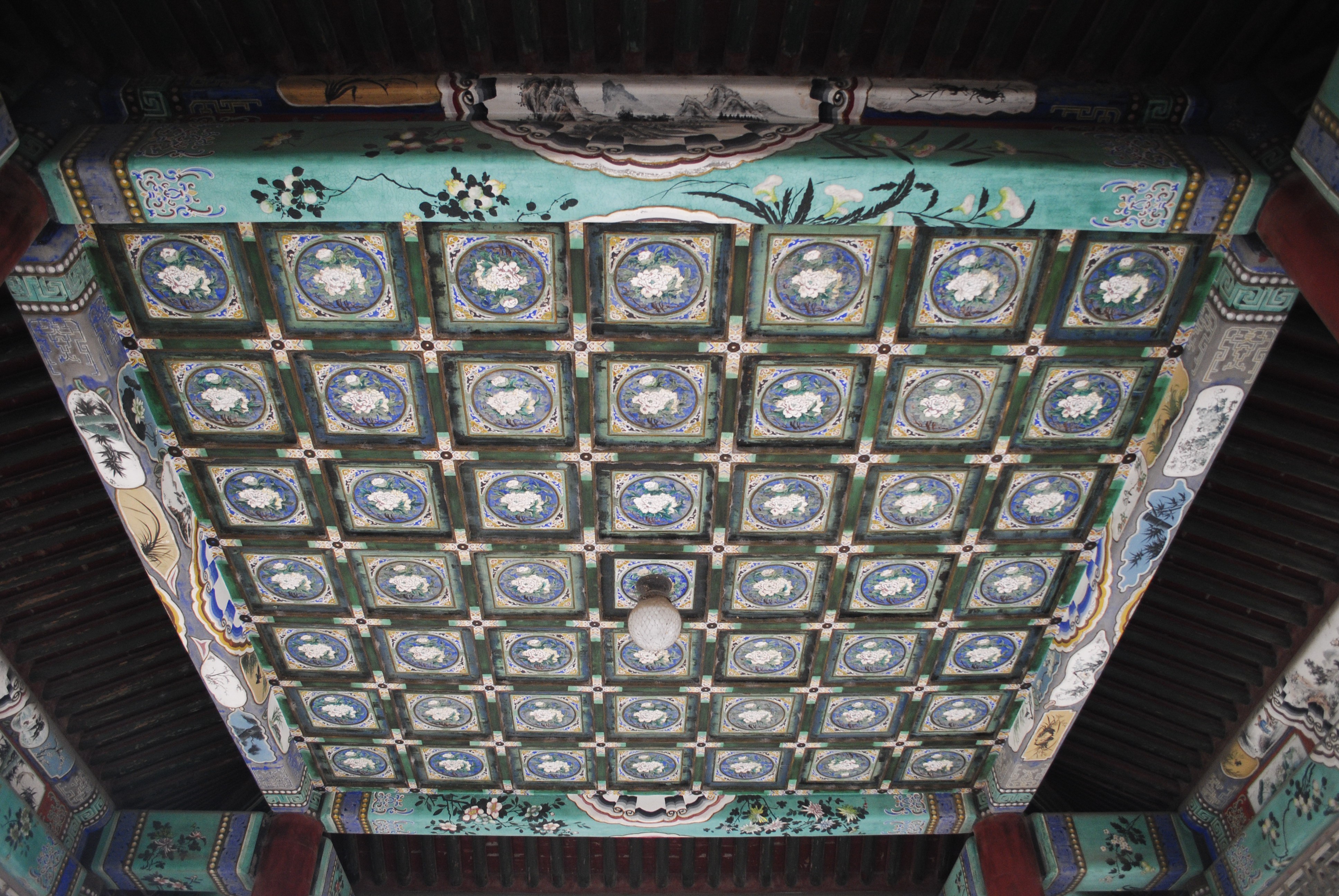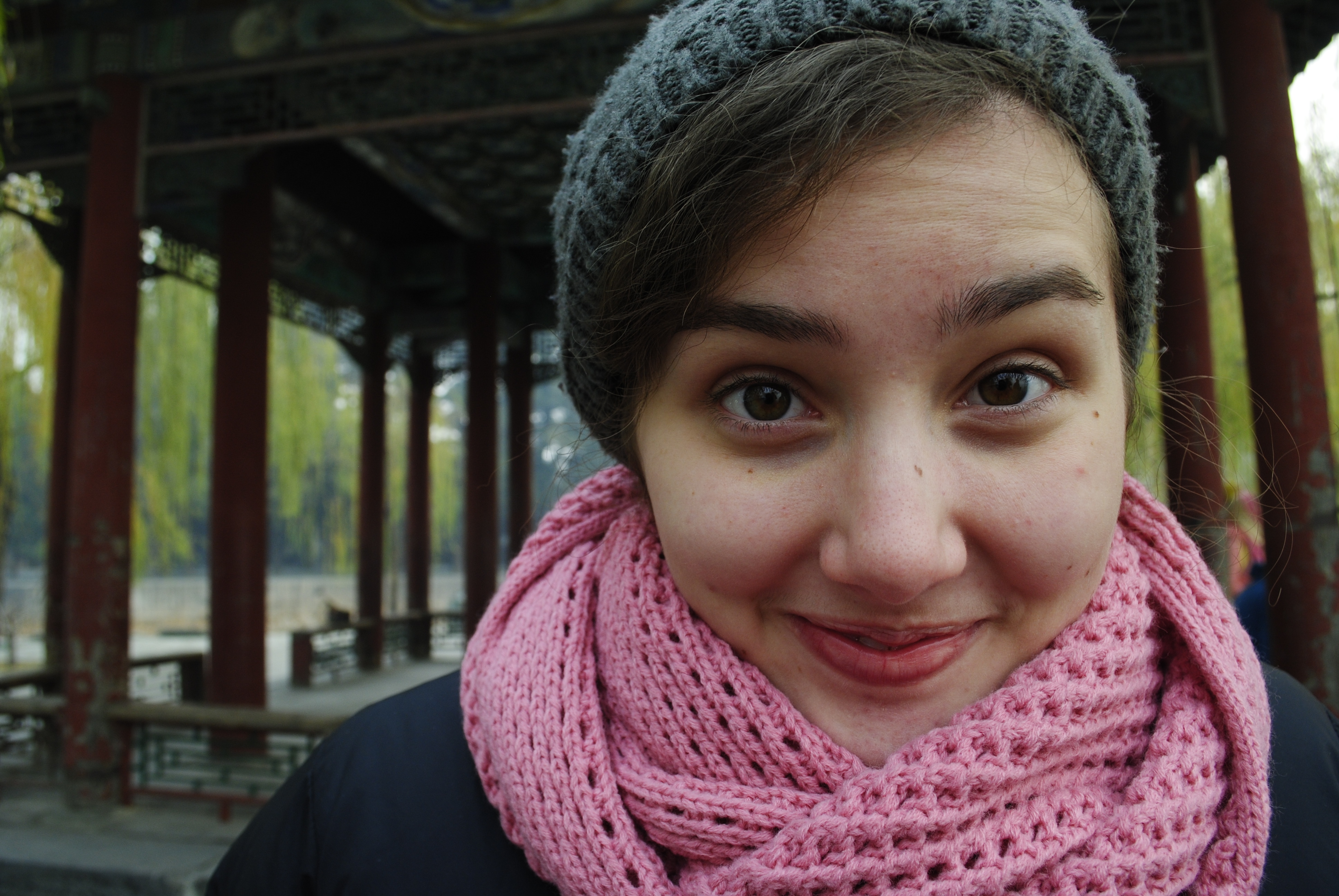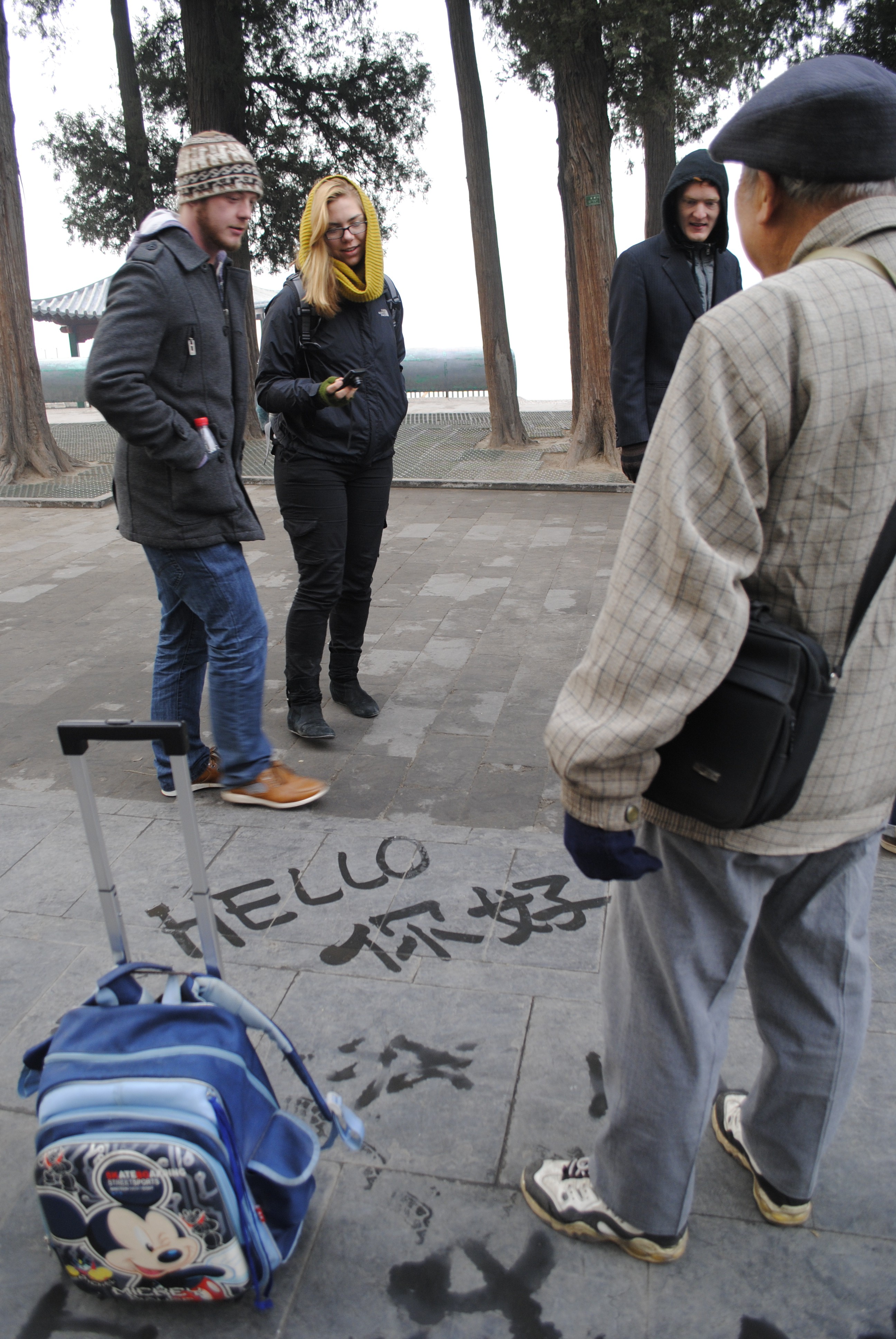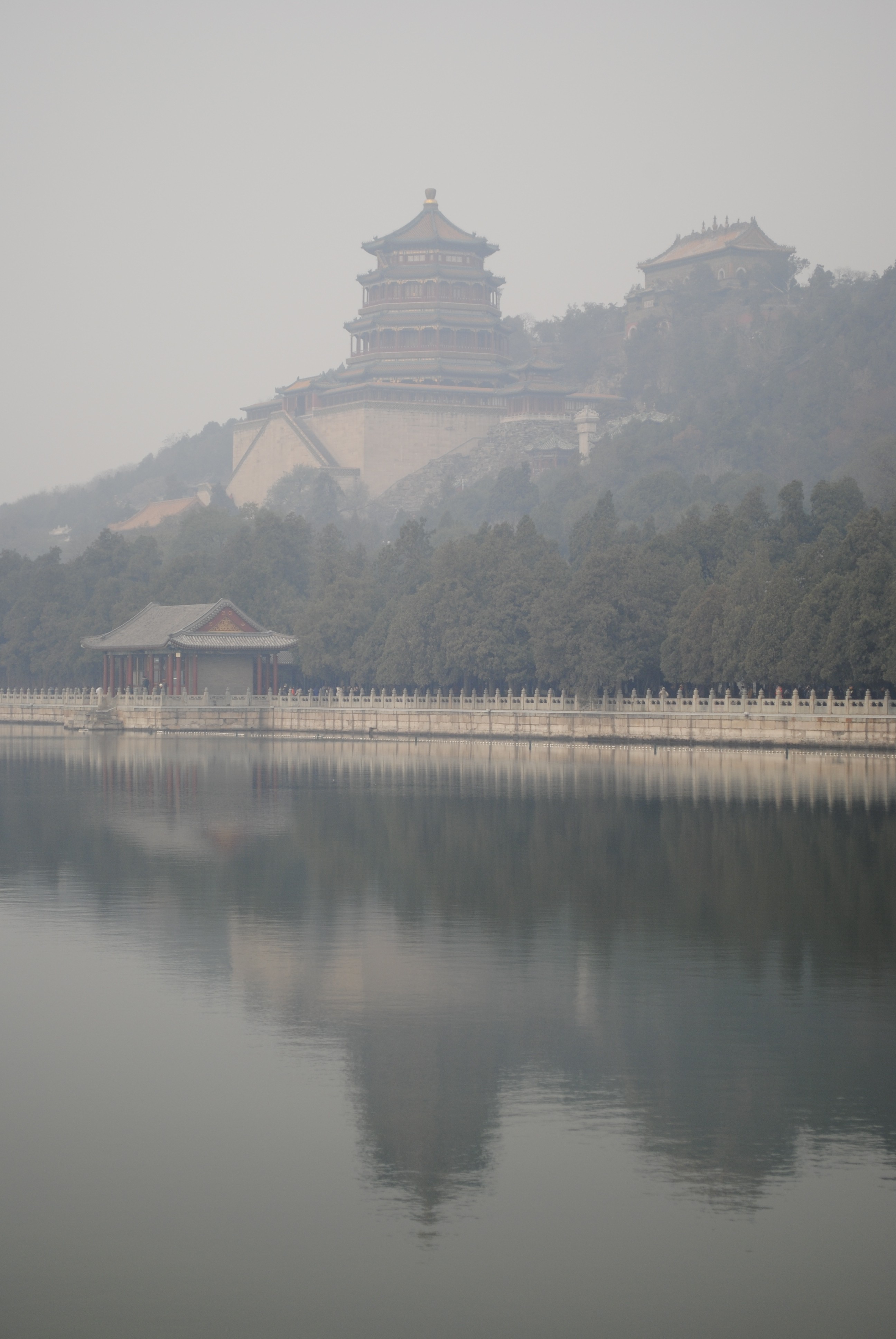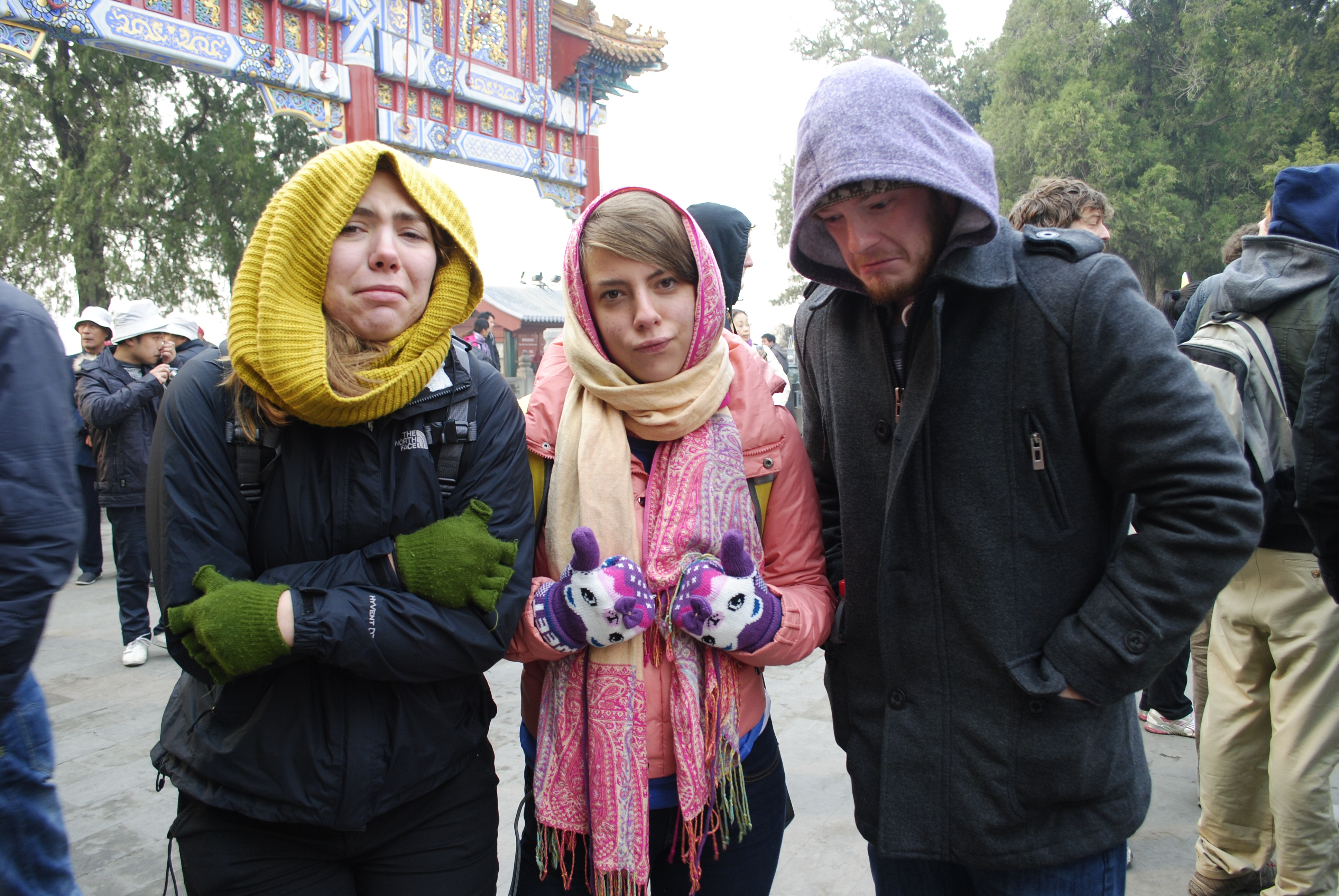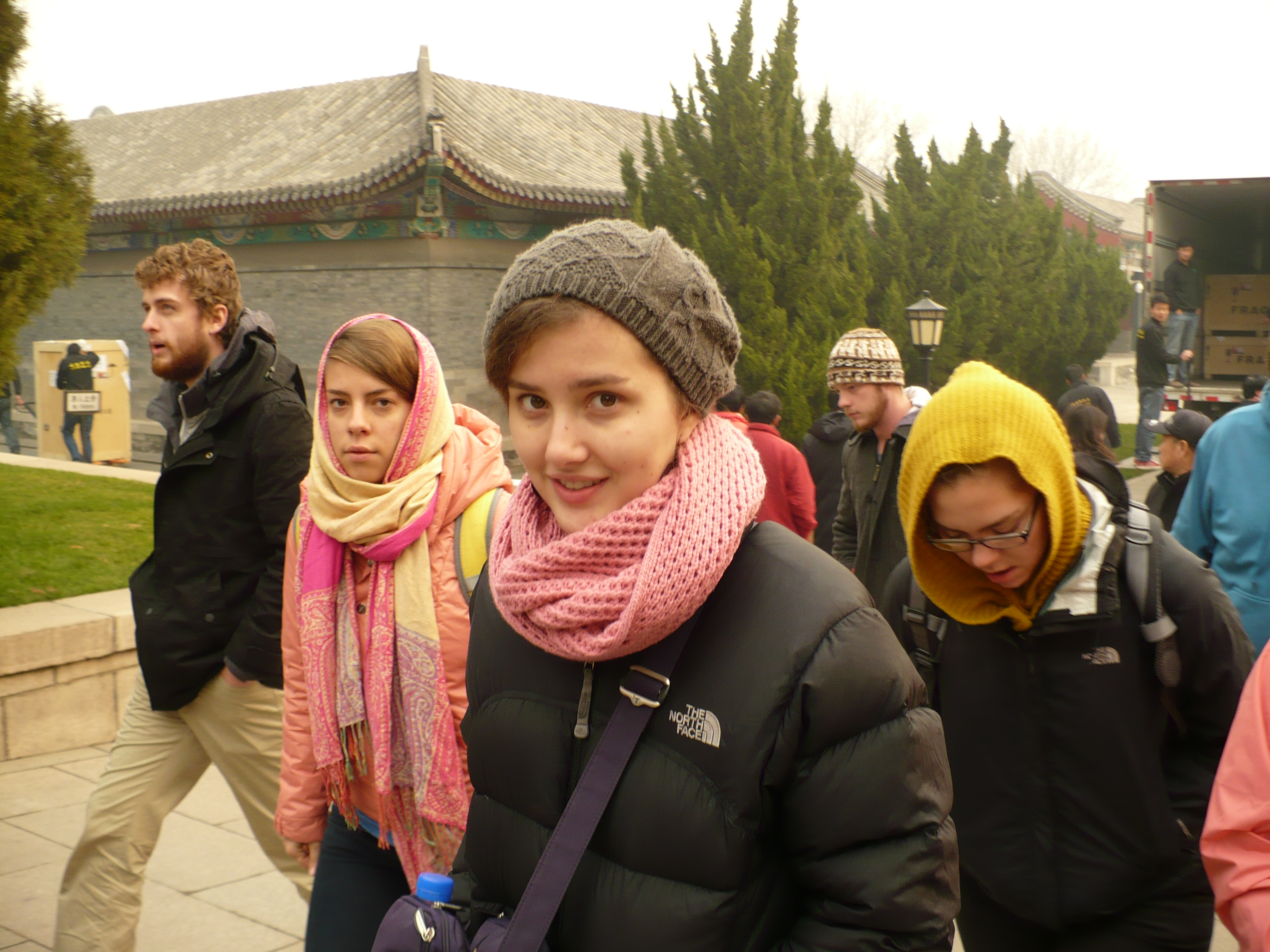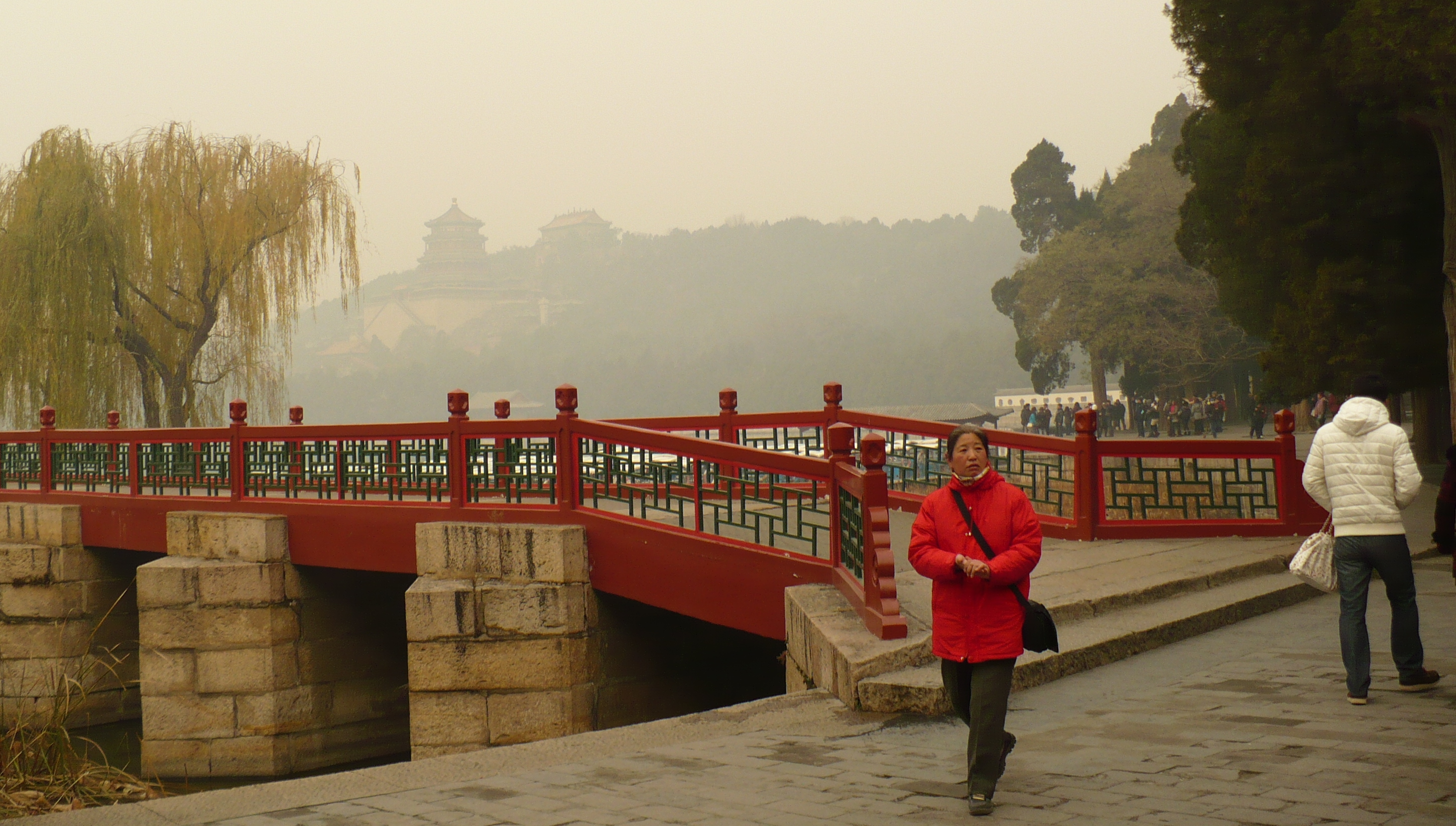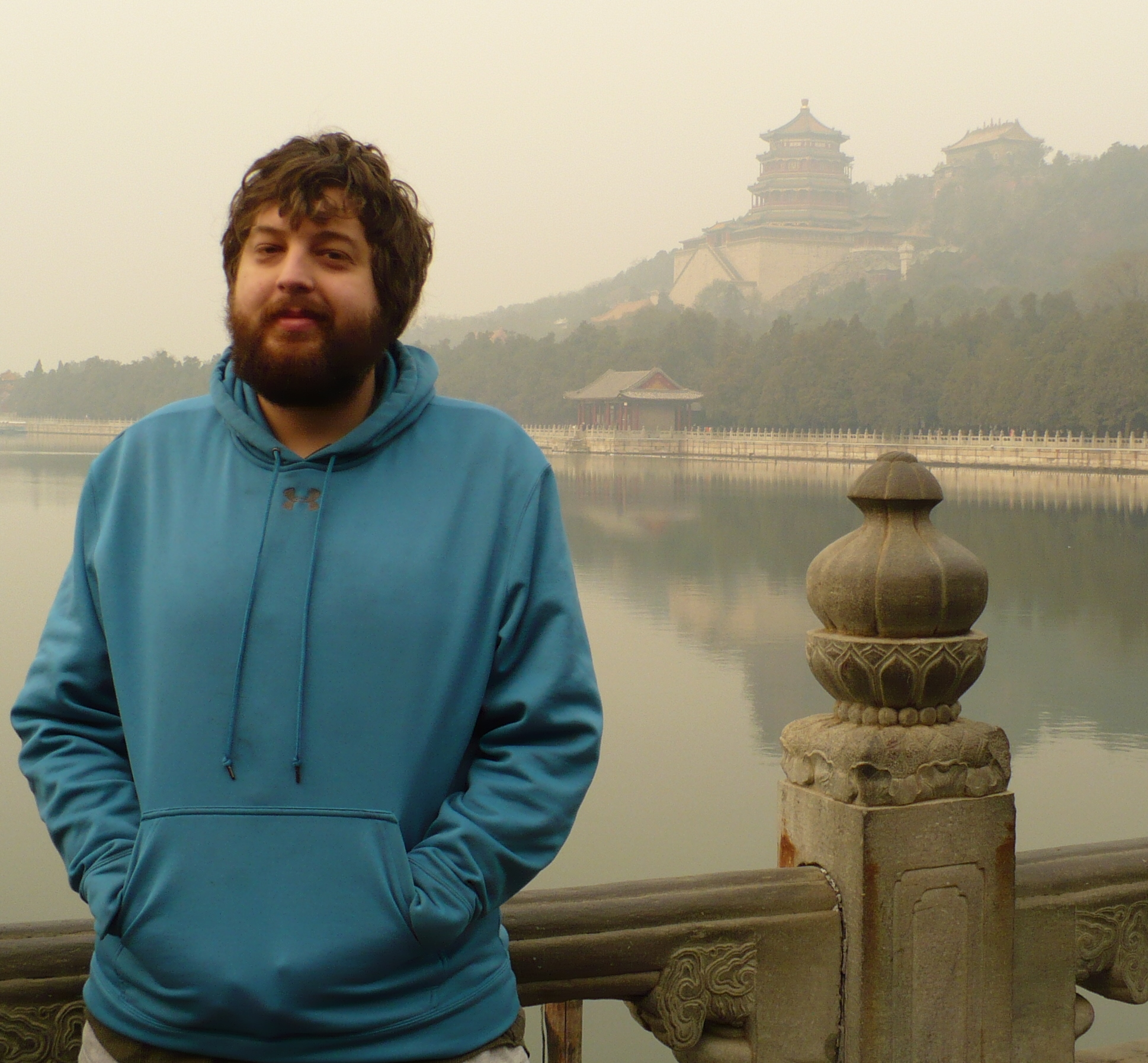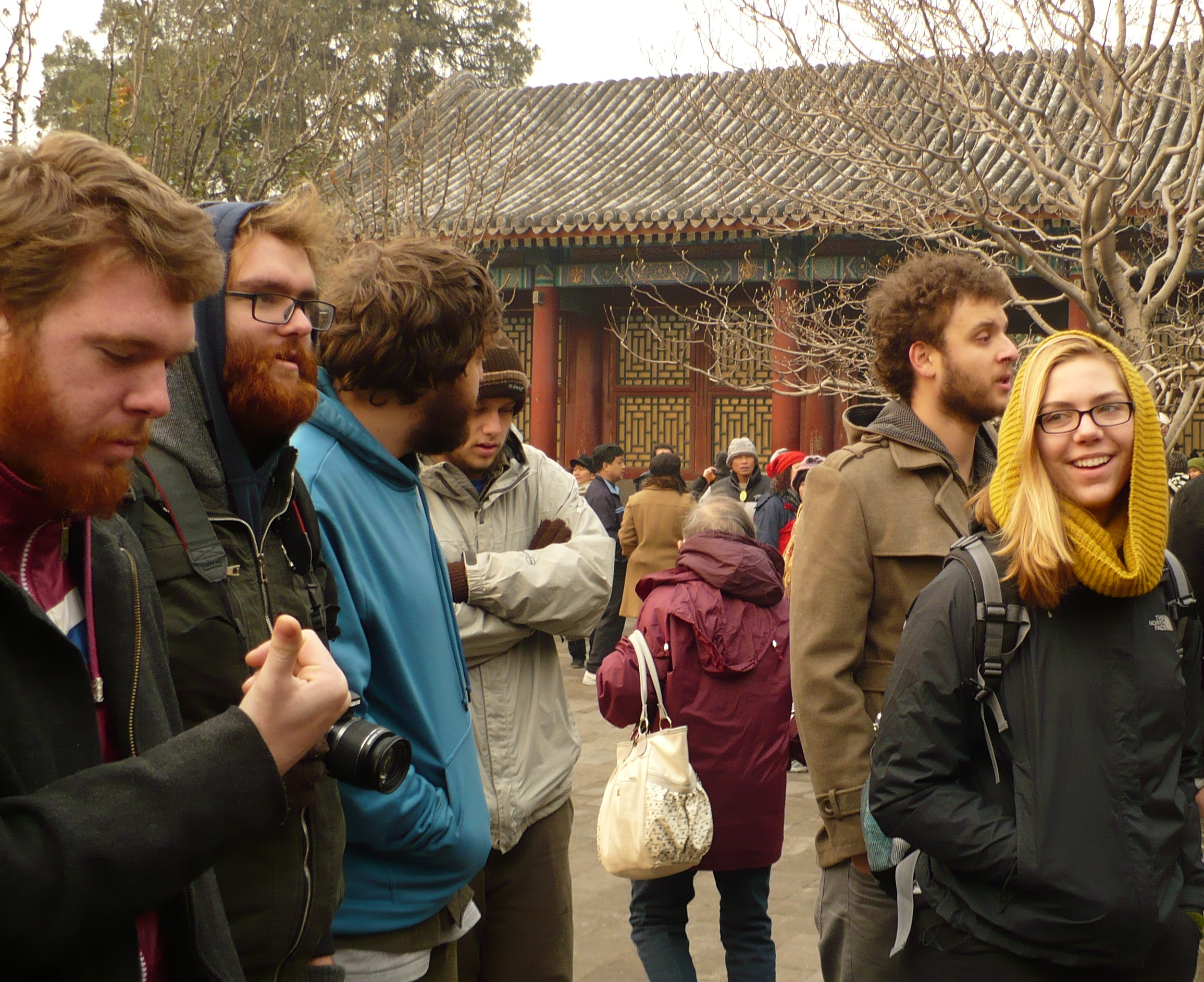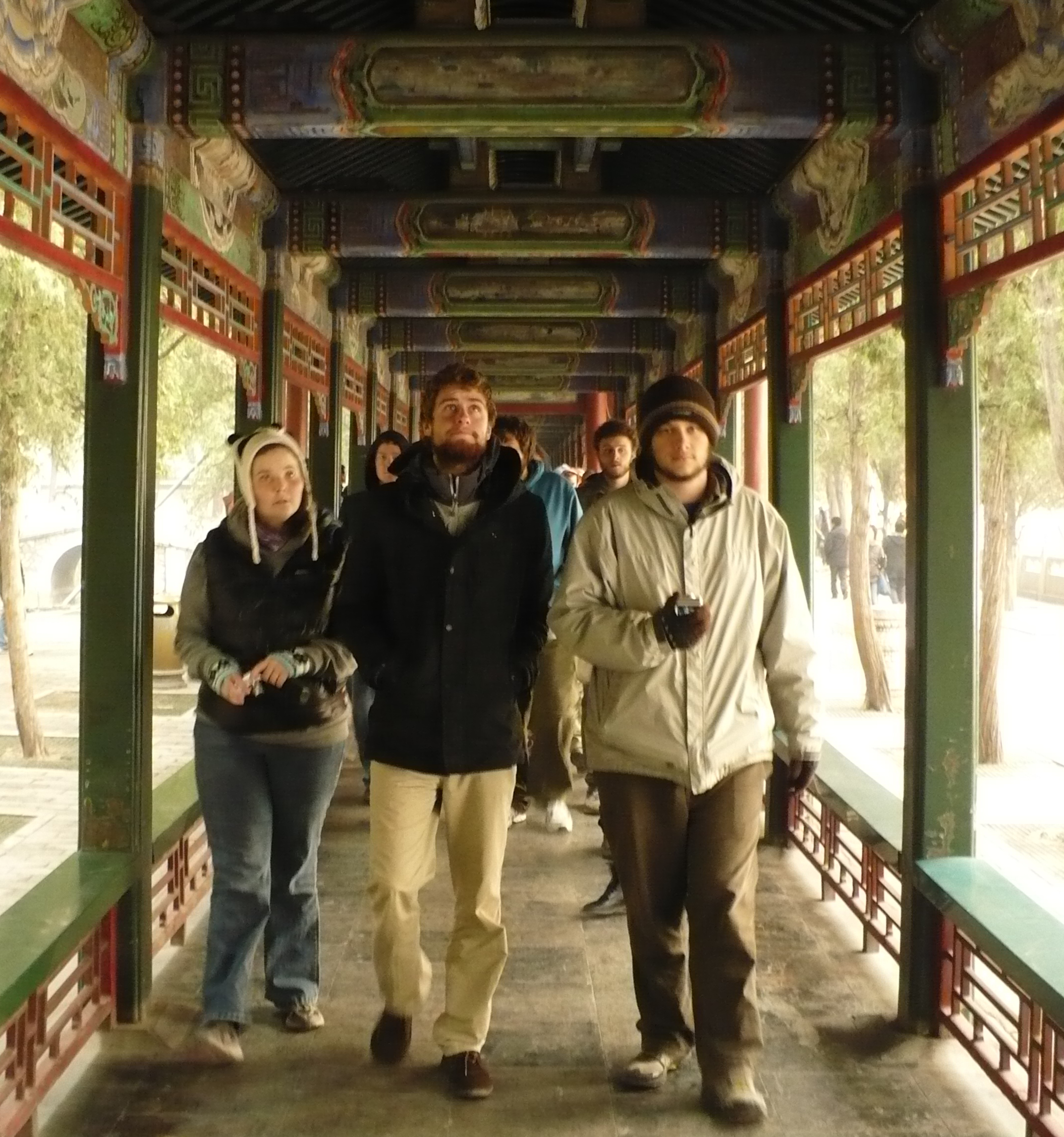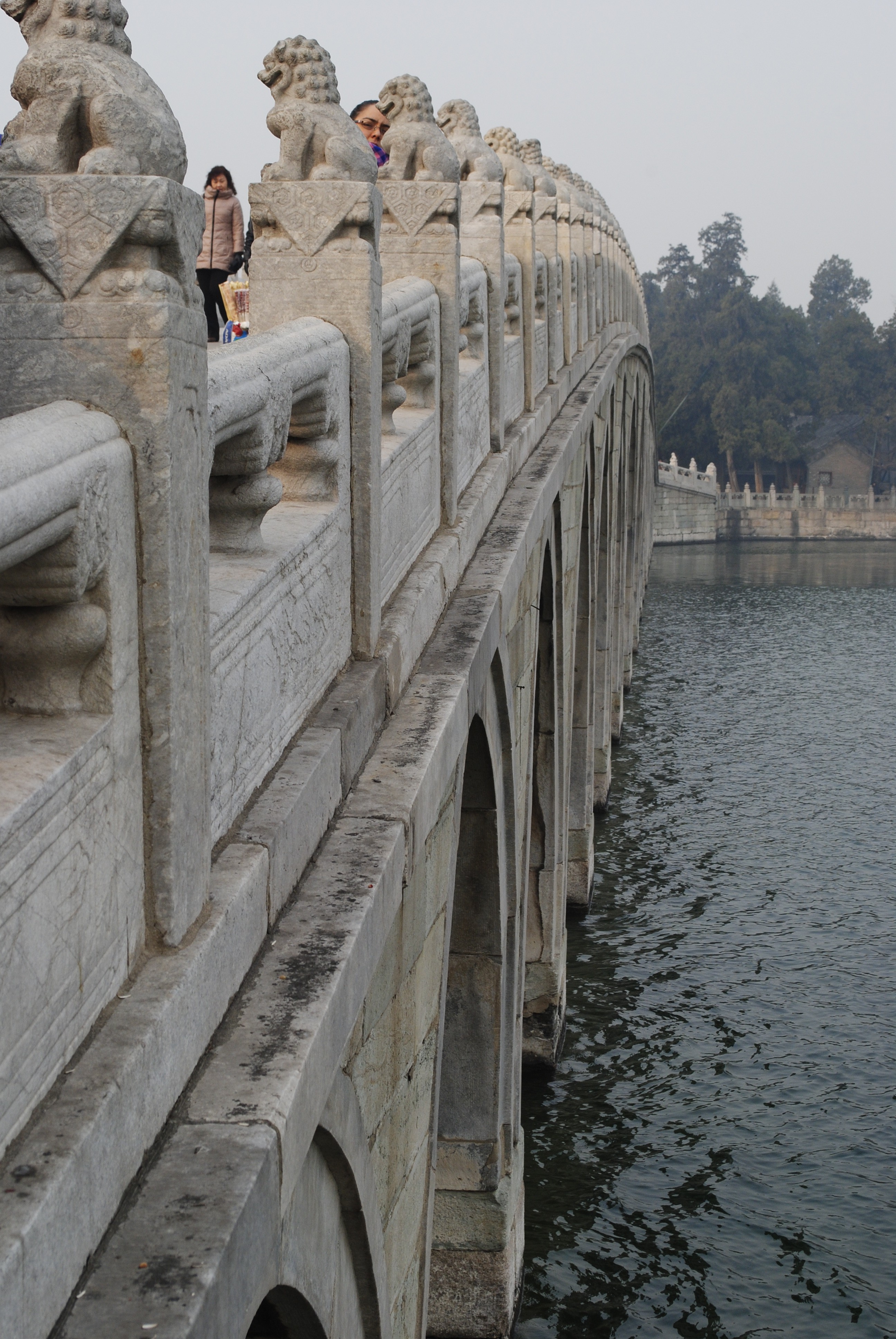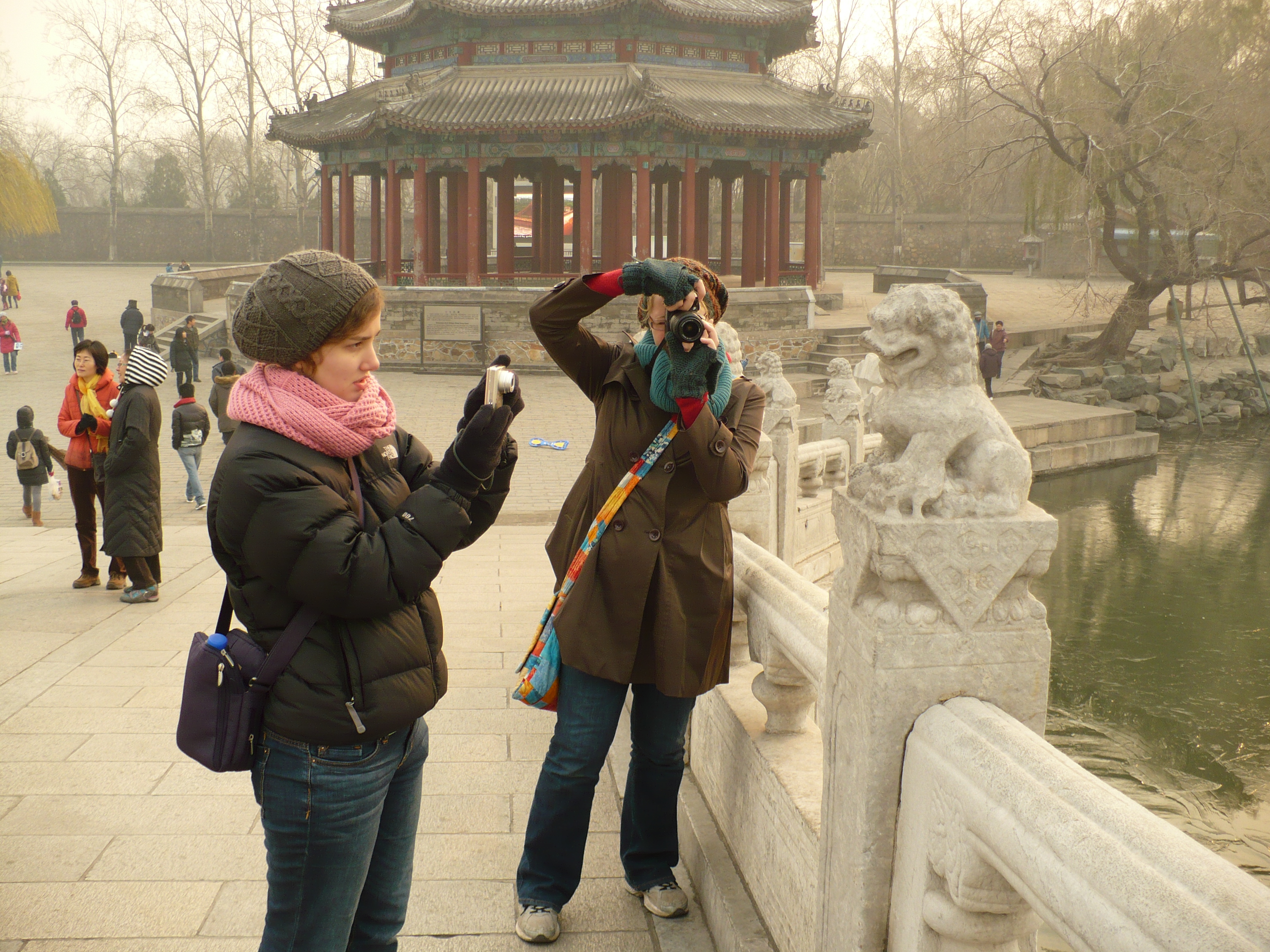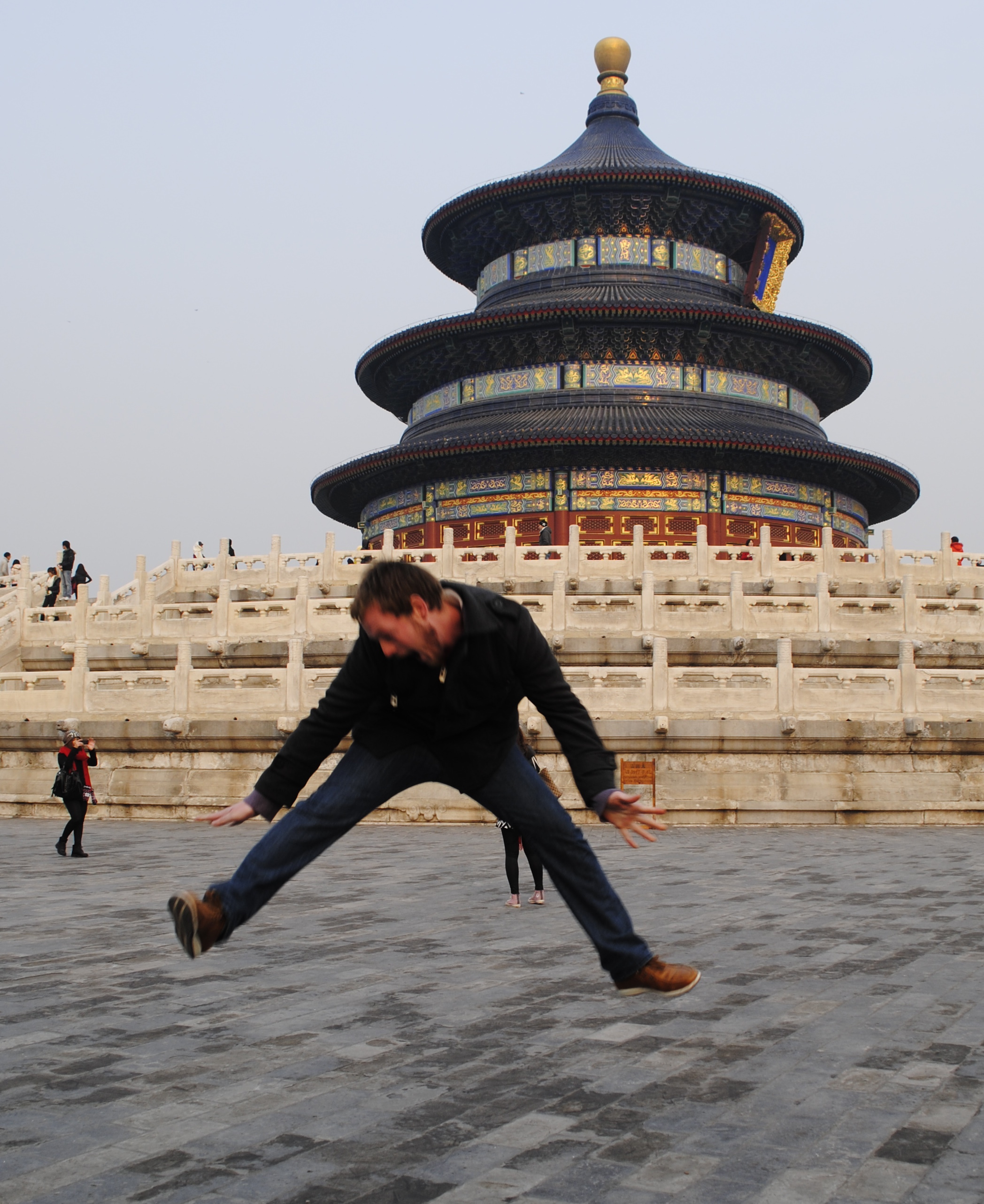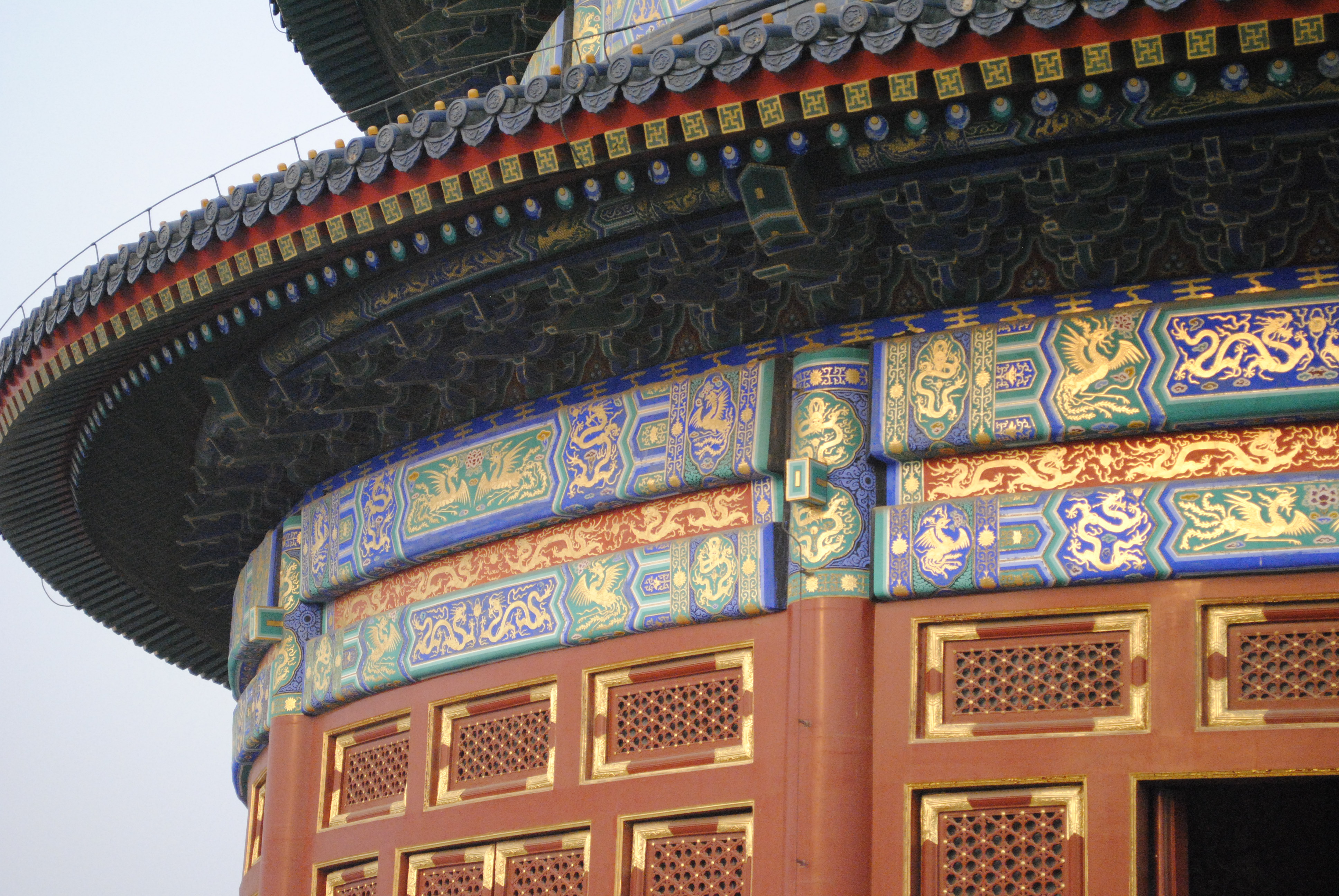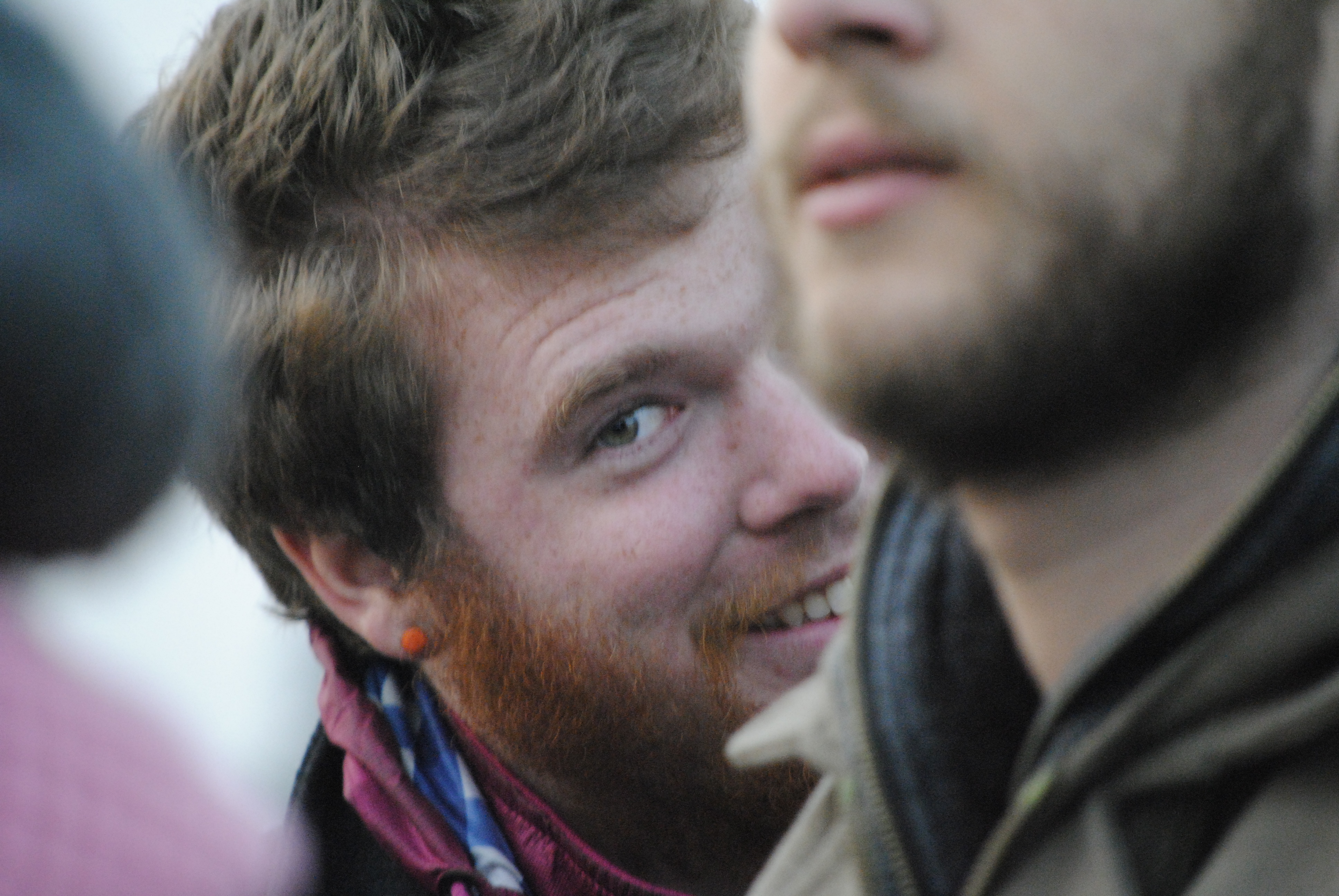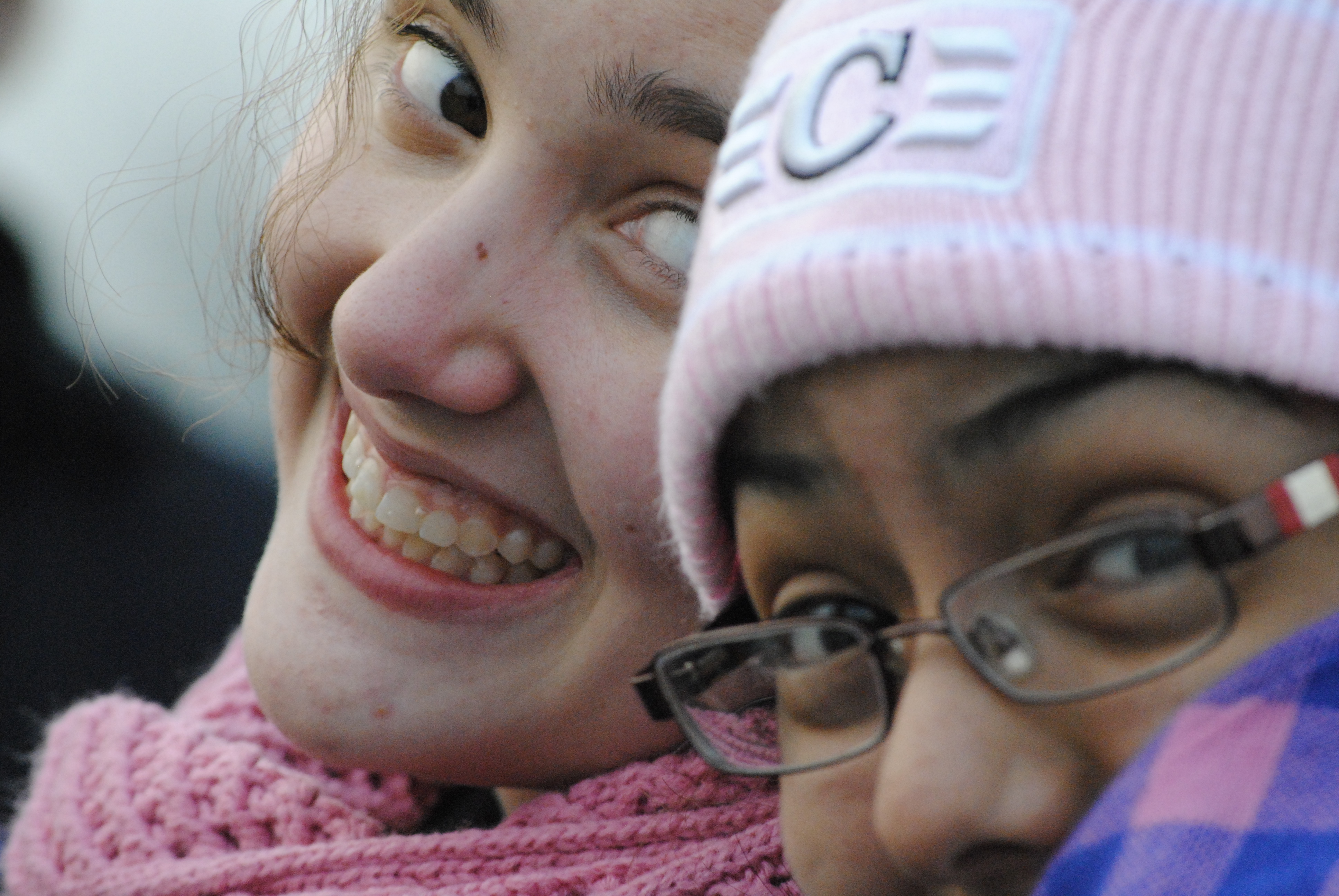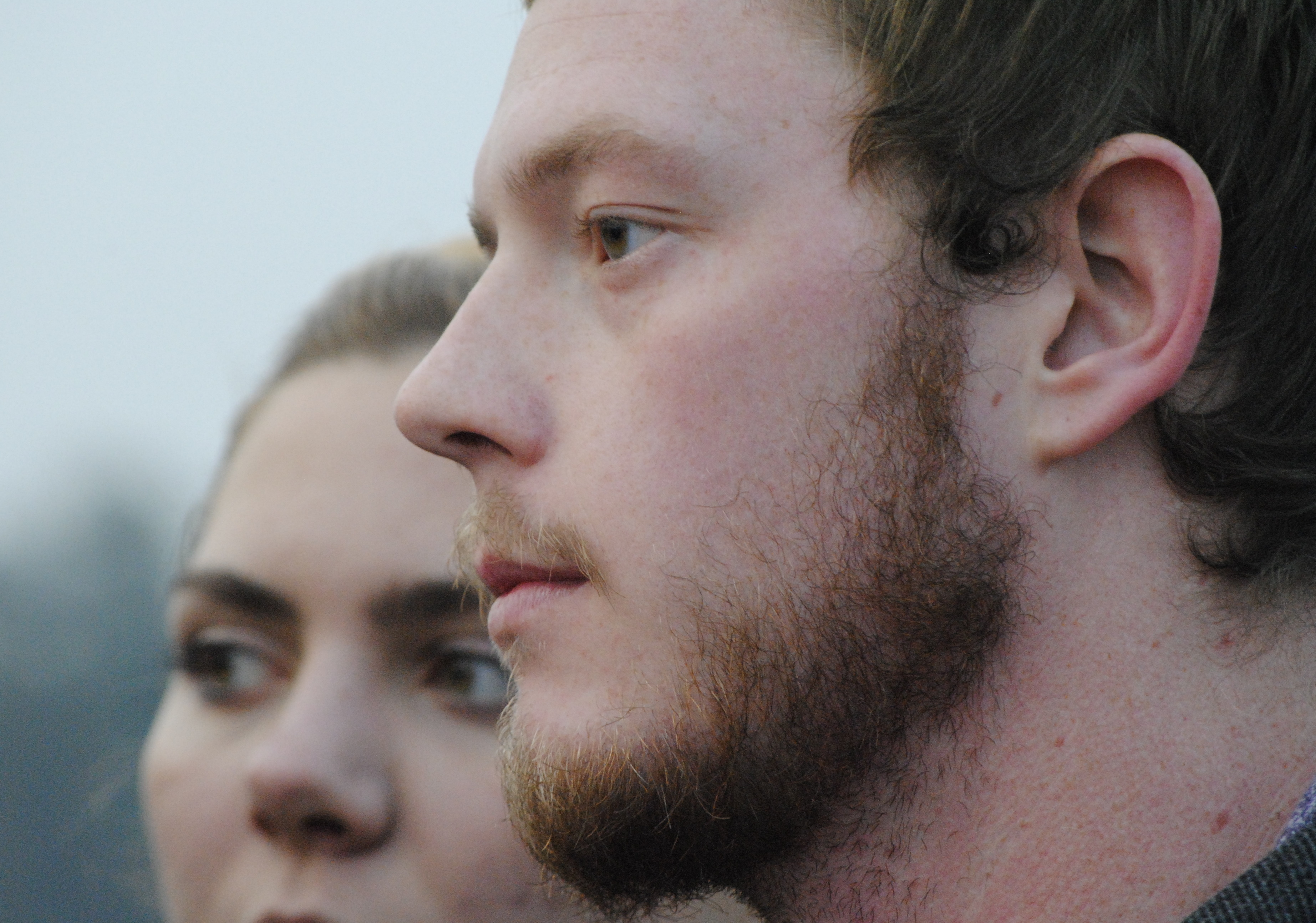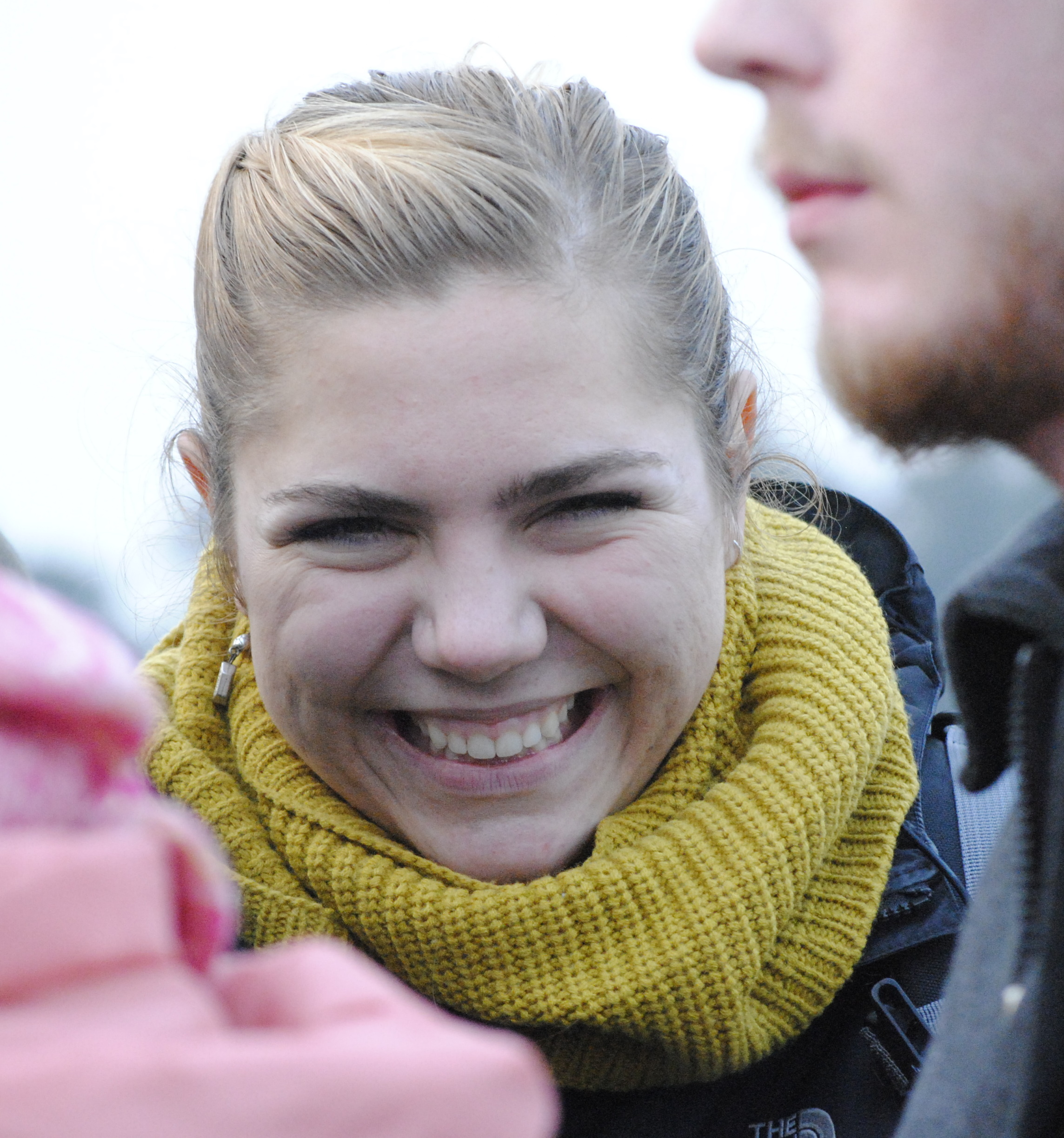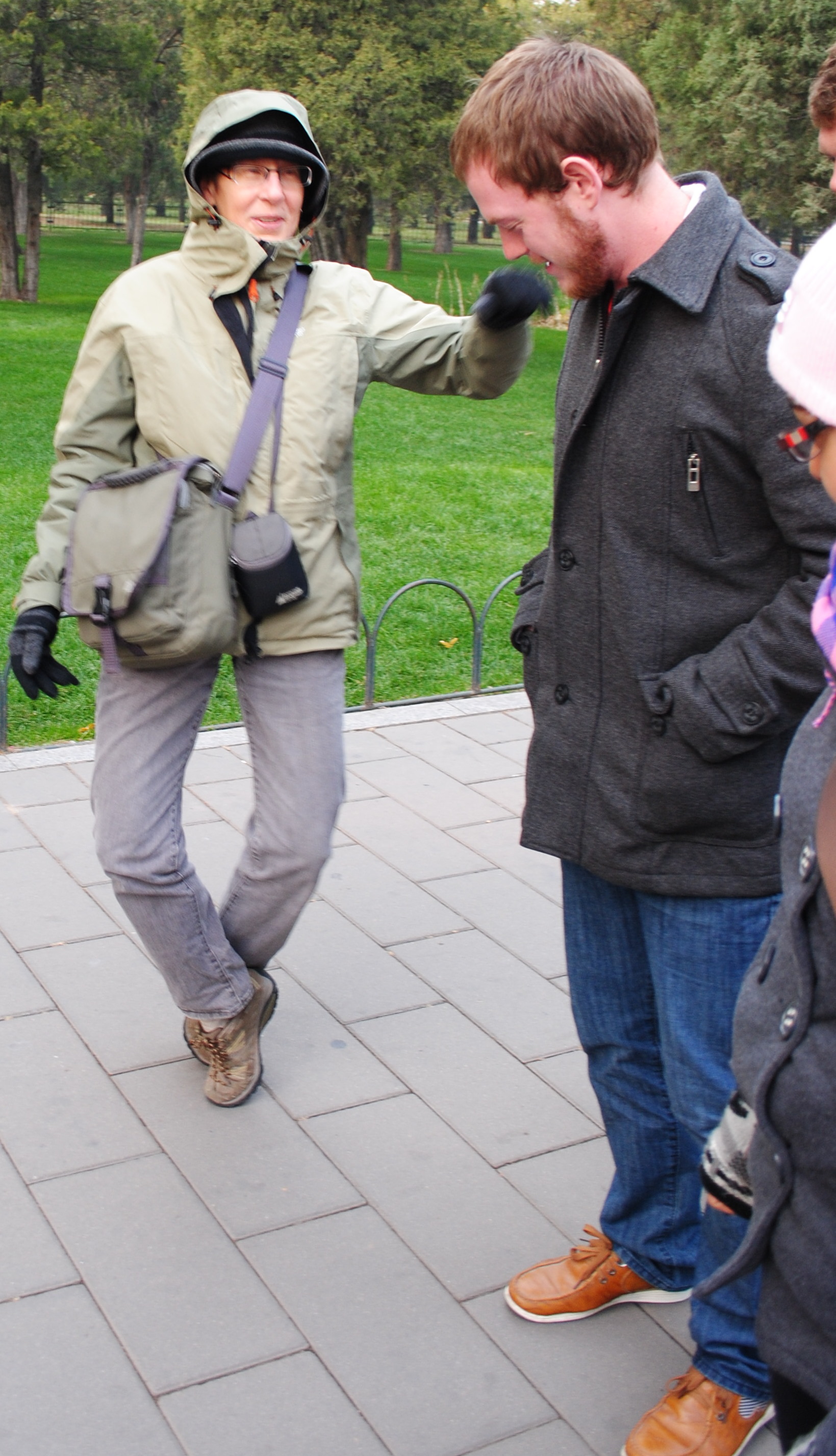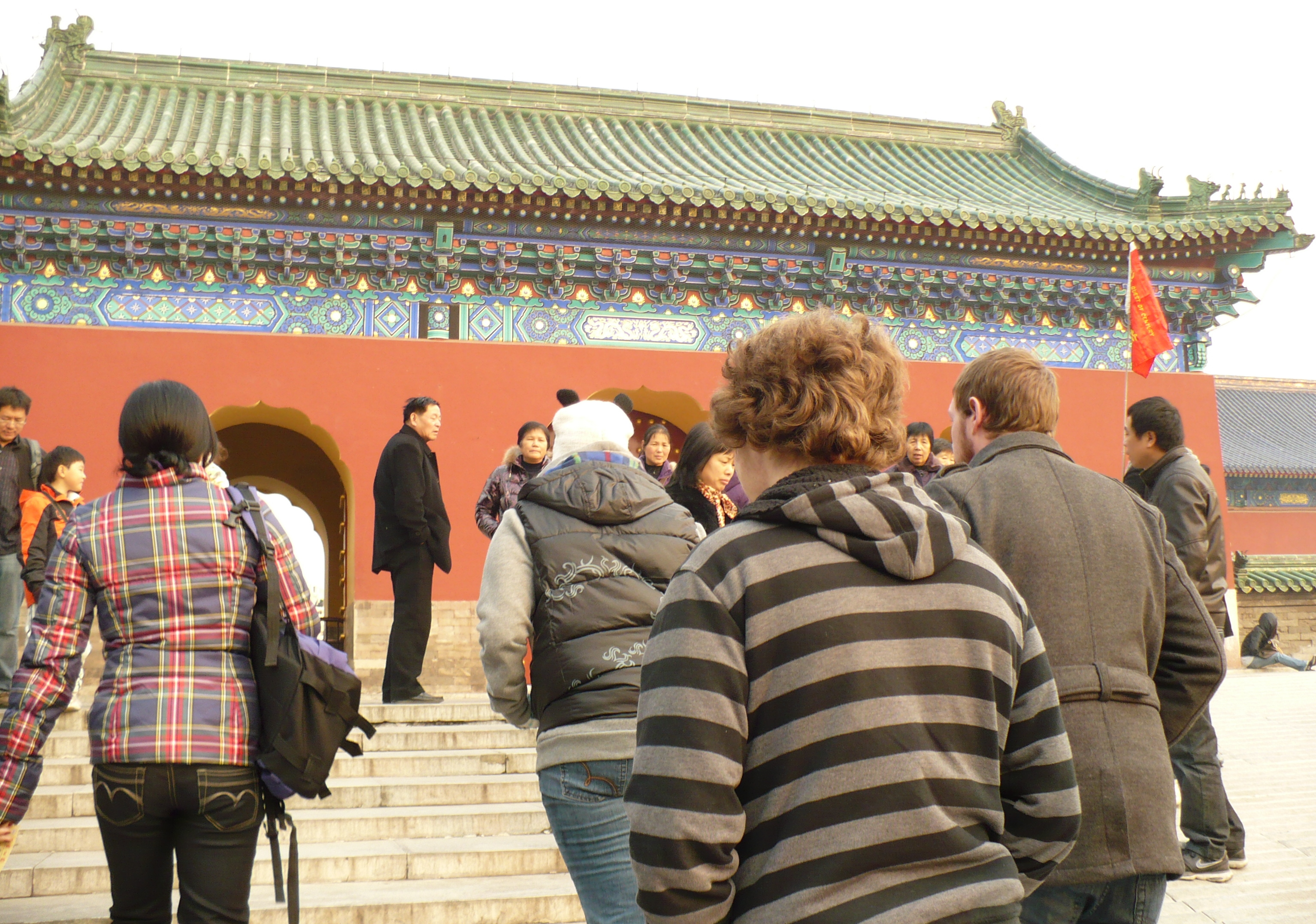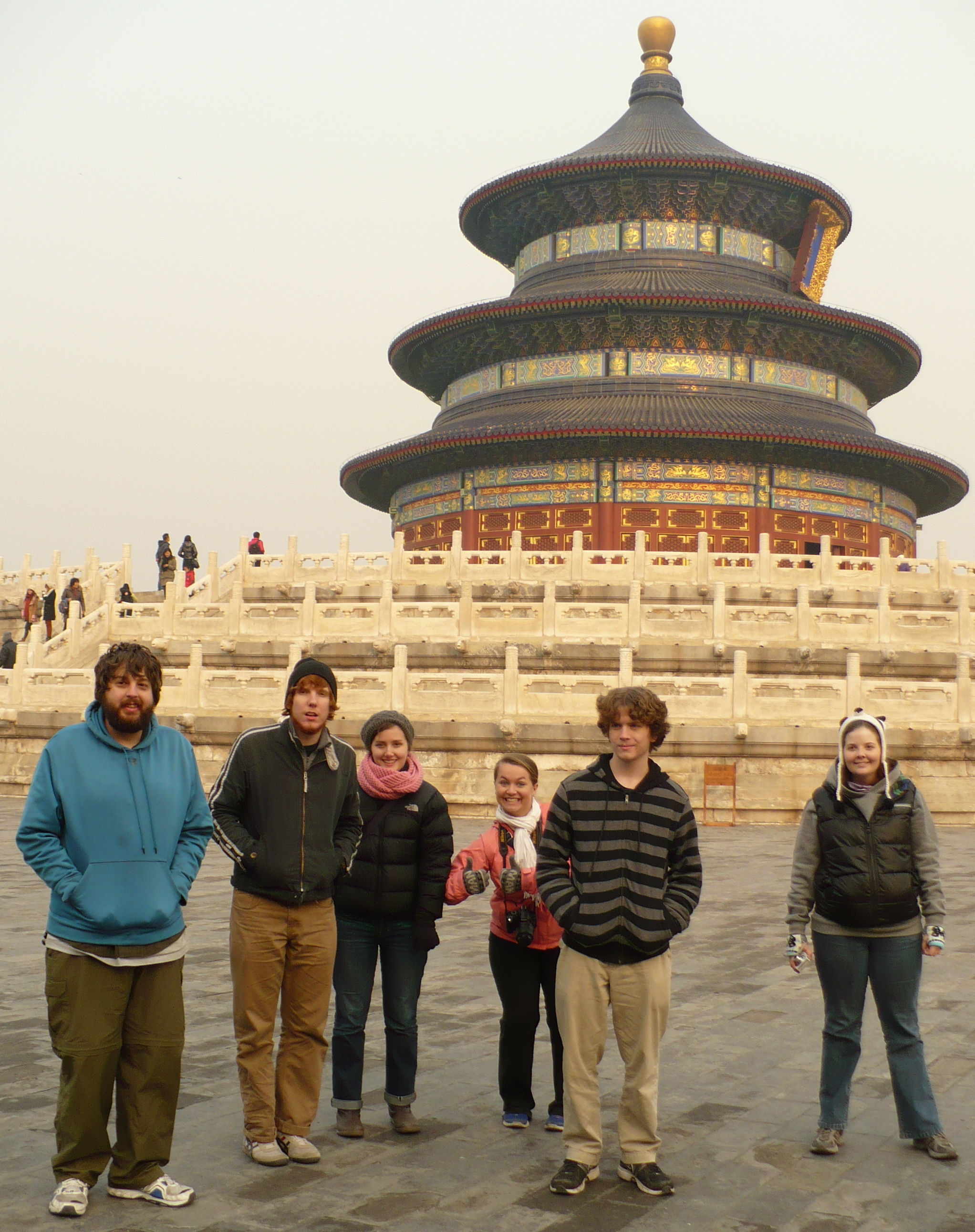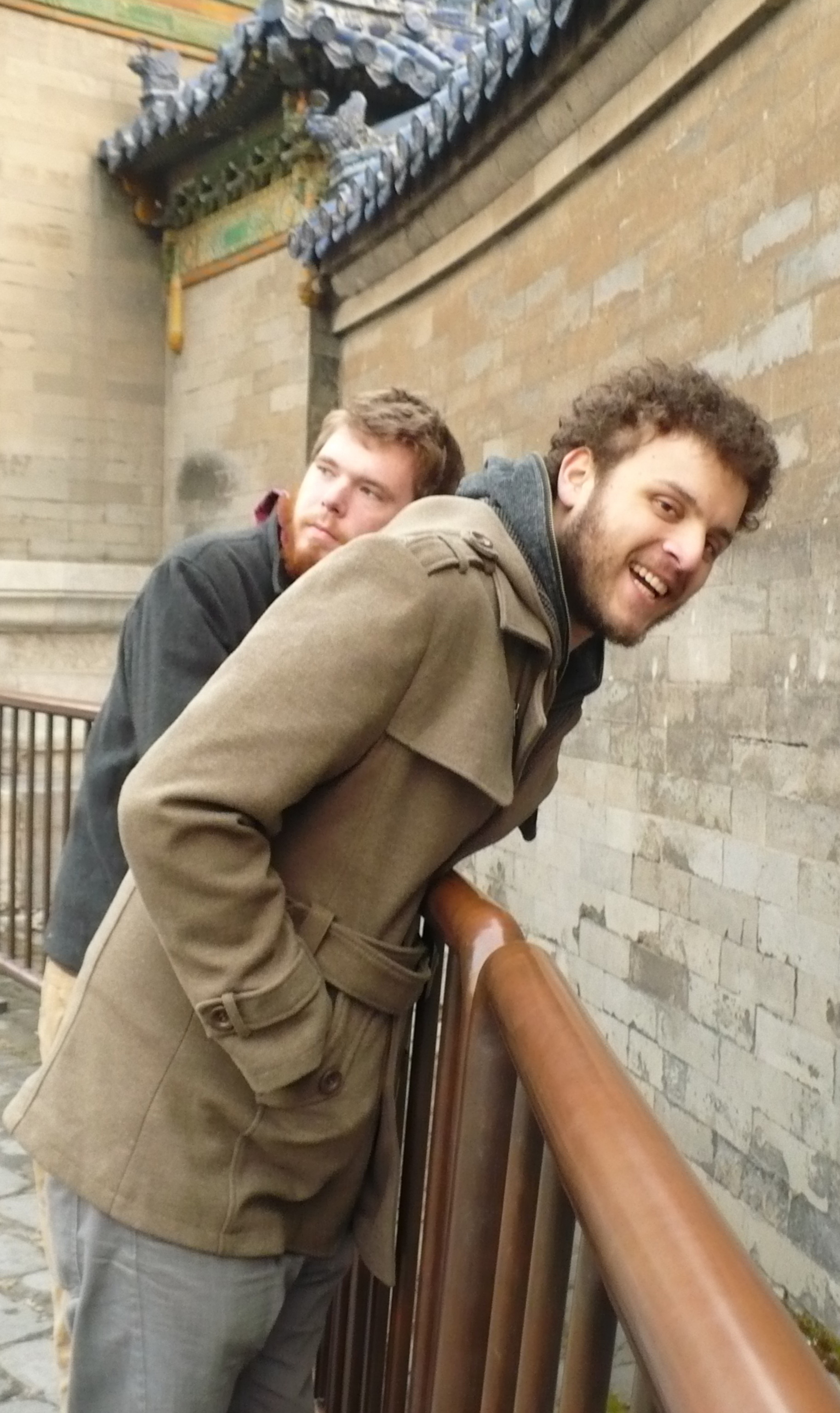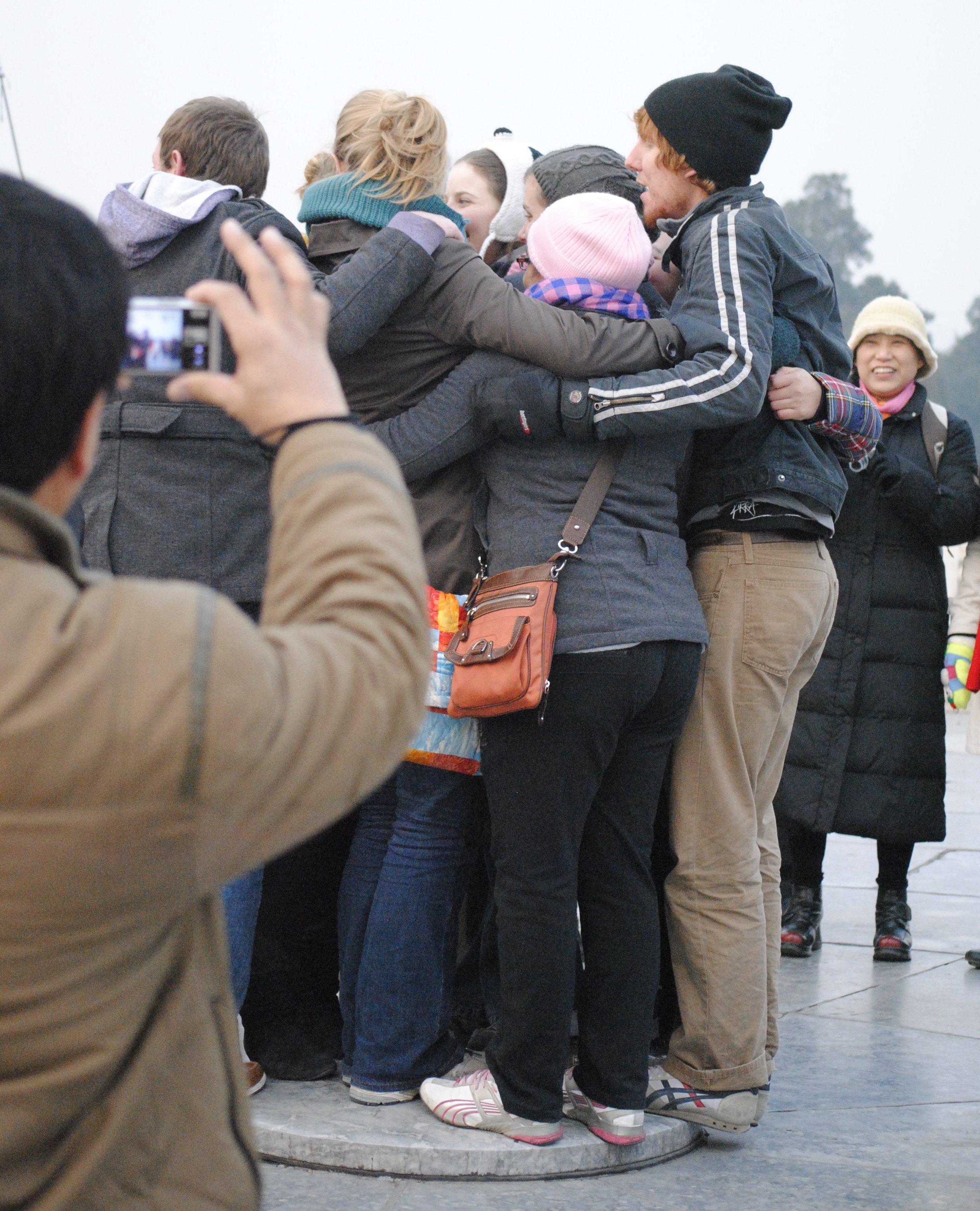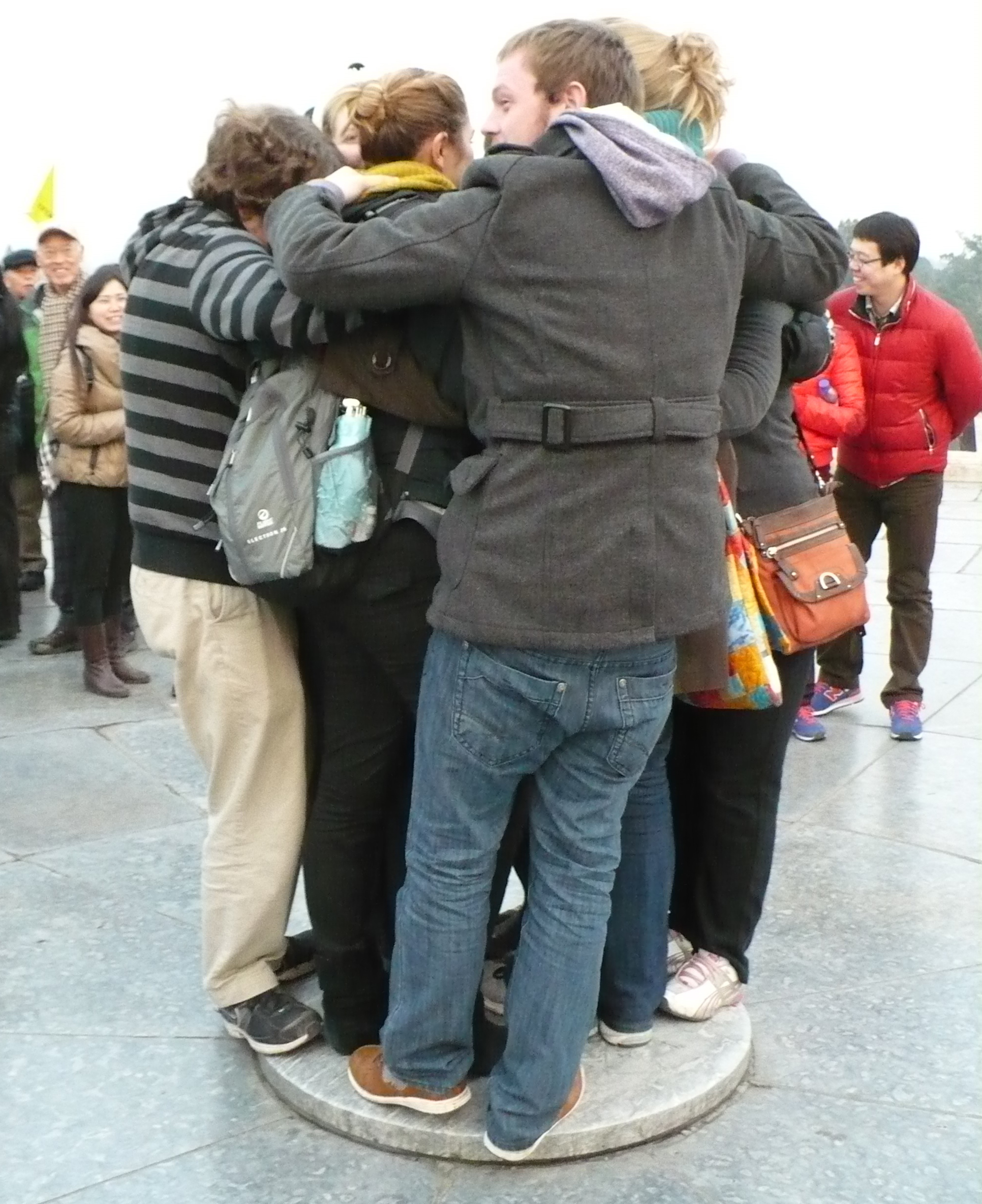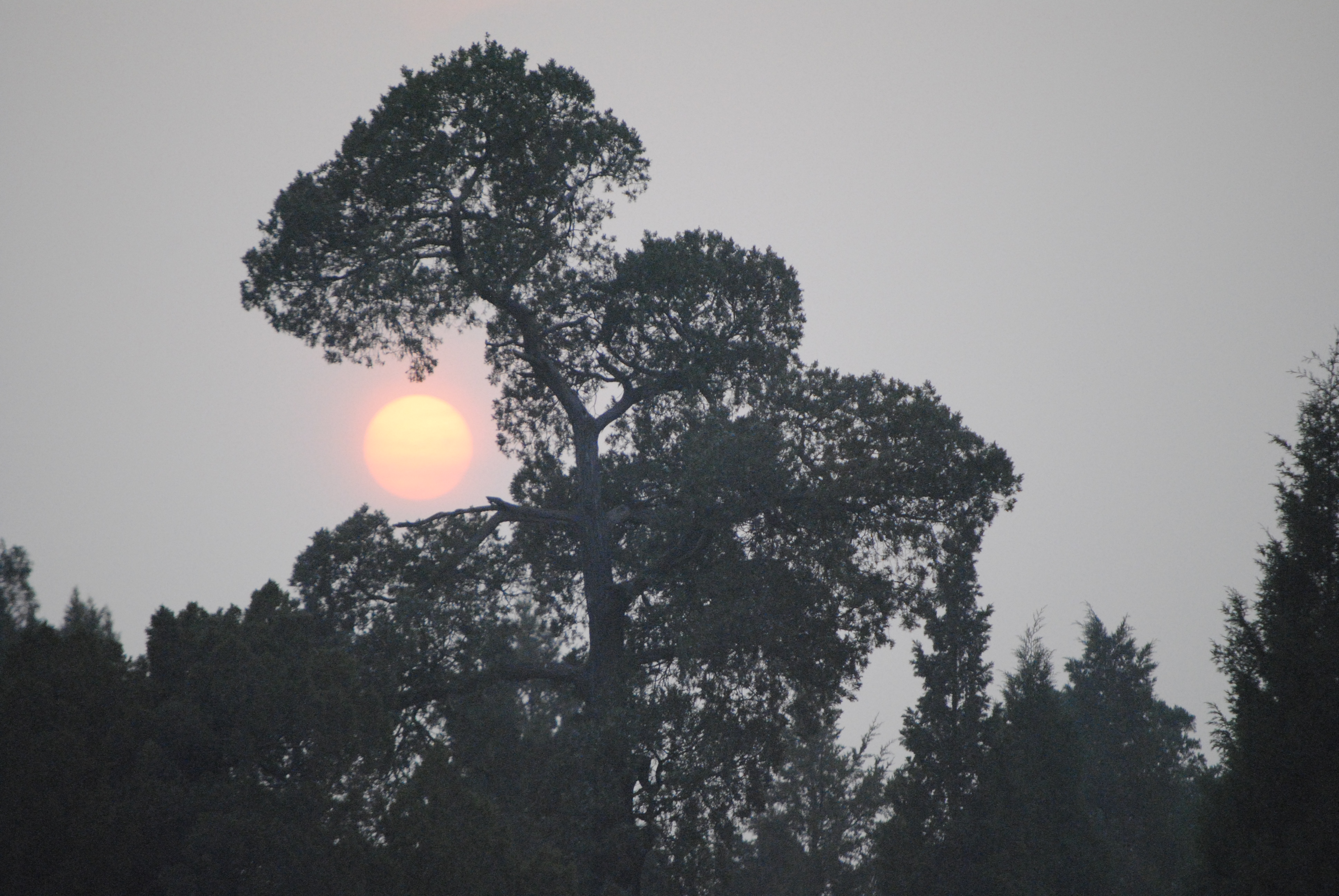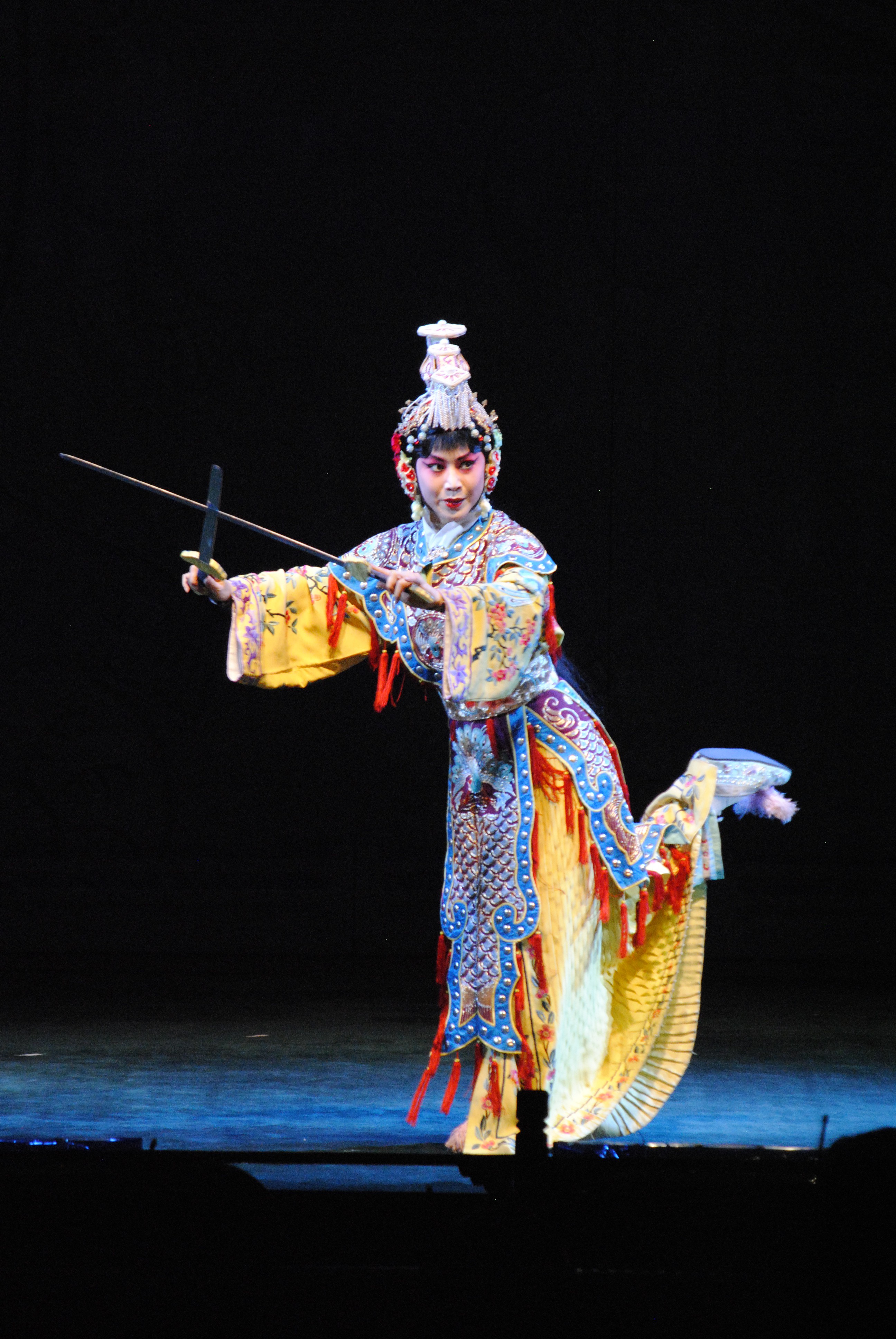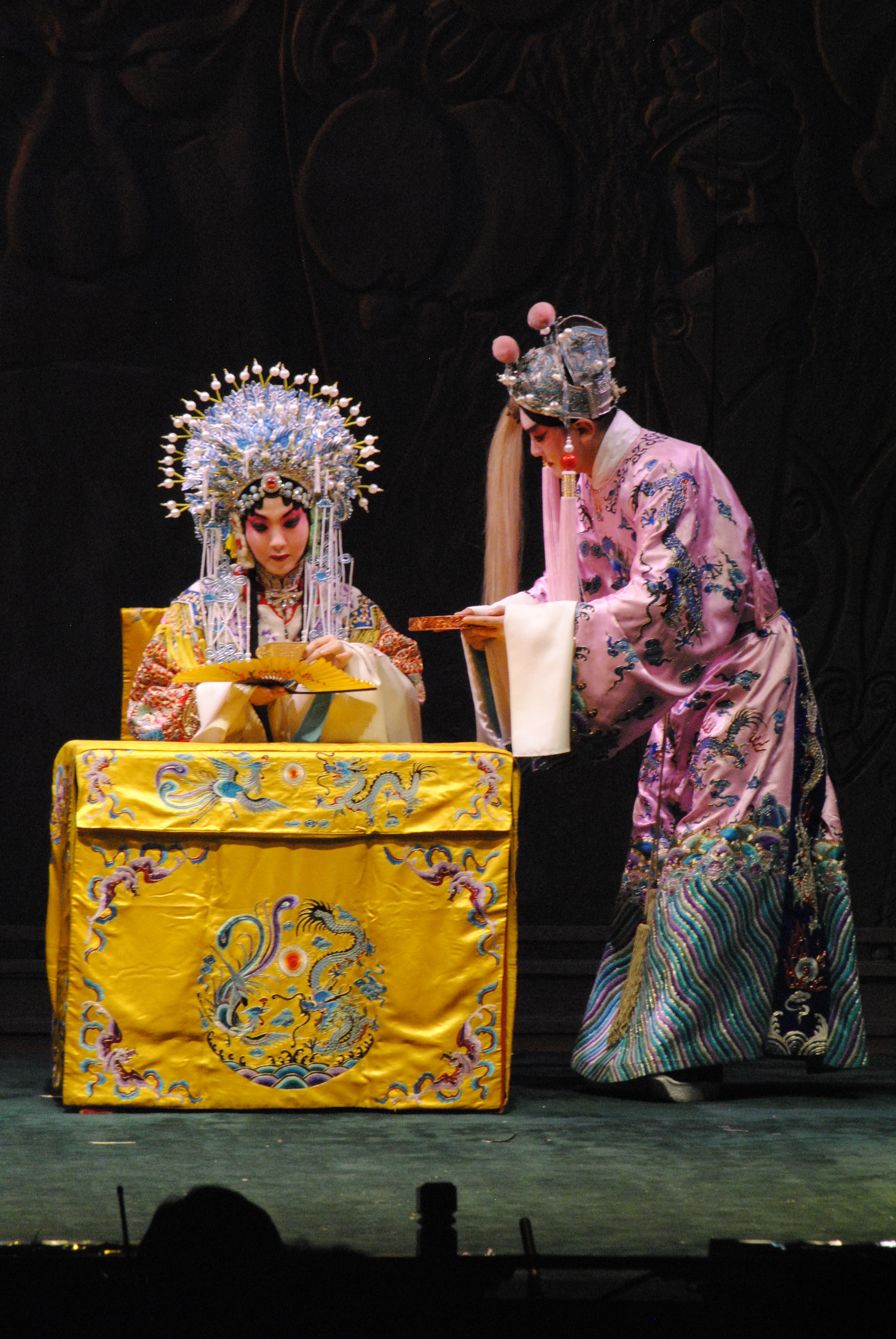Leaving China: Beijing, First Day
After locating the bus that would shuttle us about Beijing for the next few days, we stopped for a nice Chinese breakfast (porridge for some, dumplings for others) along our route. Despite cold temperatures, our first destination in Beijing was the Summer Palace. The visit here was the first of a series of encounters today with Chinese aesthetics. The site as we see it today was mostly conceived in the 18th-century, with the 60-meter high “Longevity Hill” and the “perfect” artificial Kunming Lake. Following several rounds of destruction by European invaders, remaining structures were mostly rebuilt in the early 20th-century by Empress Dowager Cixi. The grounds represent an ideal of Chinese landscape design.
The Temple of Heaven was our next destination. First built in the 15th century, this temple complex was extended or renovated in the 16th and 18th centuries. It was the site of imperial rites related to national harvests. Various components of its architecture incorporate circular design (reflecting the Chinese cosmogony of heaven) . The layout also emphasizes the symbolic importance of the number nine. In 1914, several years after the fall of the last imperial dynasty, the temple factored into one of the efforts to declare a new emperor. We had supper just outside the temple complex at the Hong Qiao Pearl Market. (Mothers, check your Christmas stockings to see if your children remembered just what kinds of pearls you have been wanting.) Finally, to cap off our long day, we split into two groups: one heading to a performance of scenes from traditional Beijing opera, the other to an acrobat show. Although we only have pictures here from the opera, everyone was enthused with their choice of event and pleased with the quality of what they saw.
